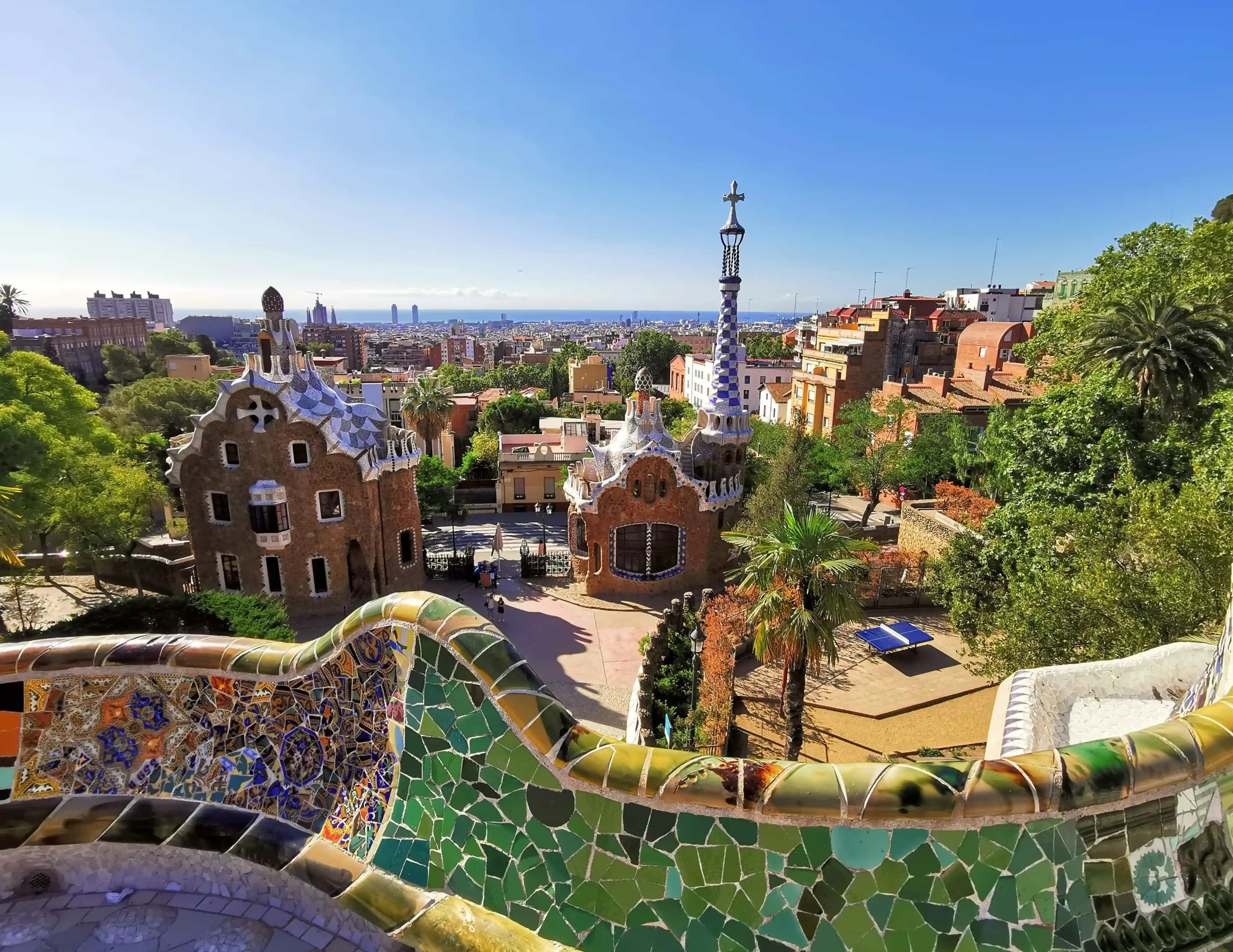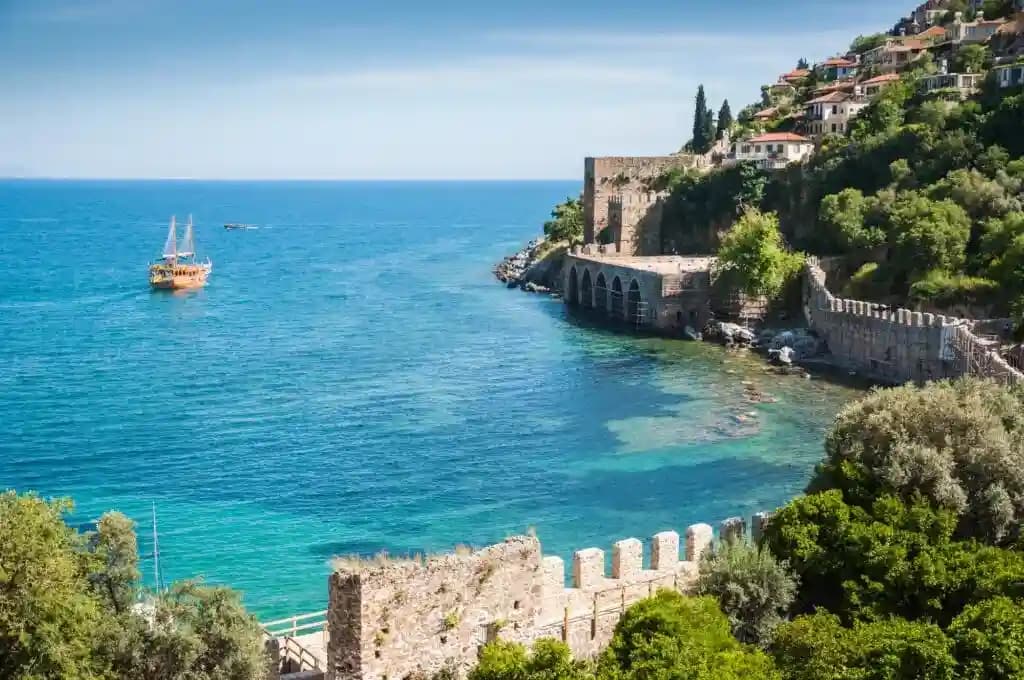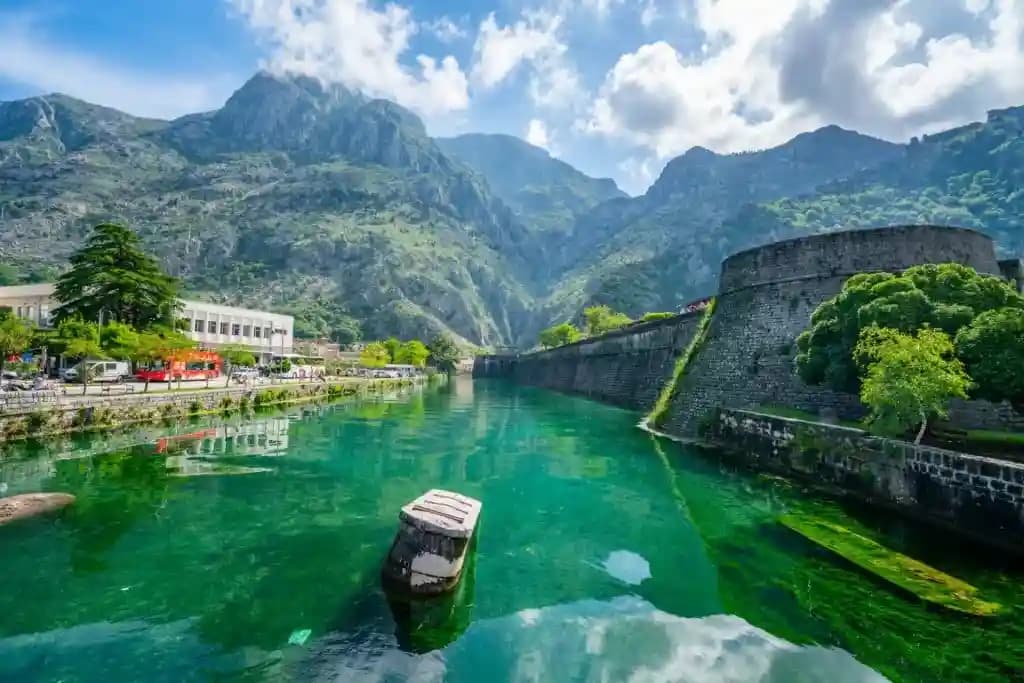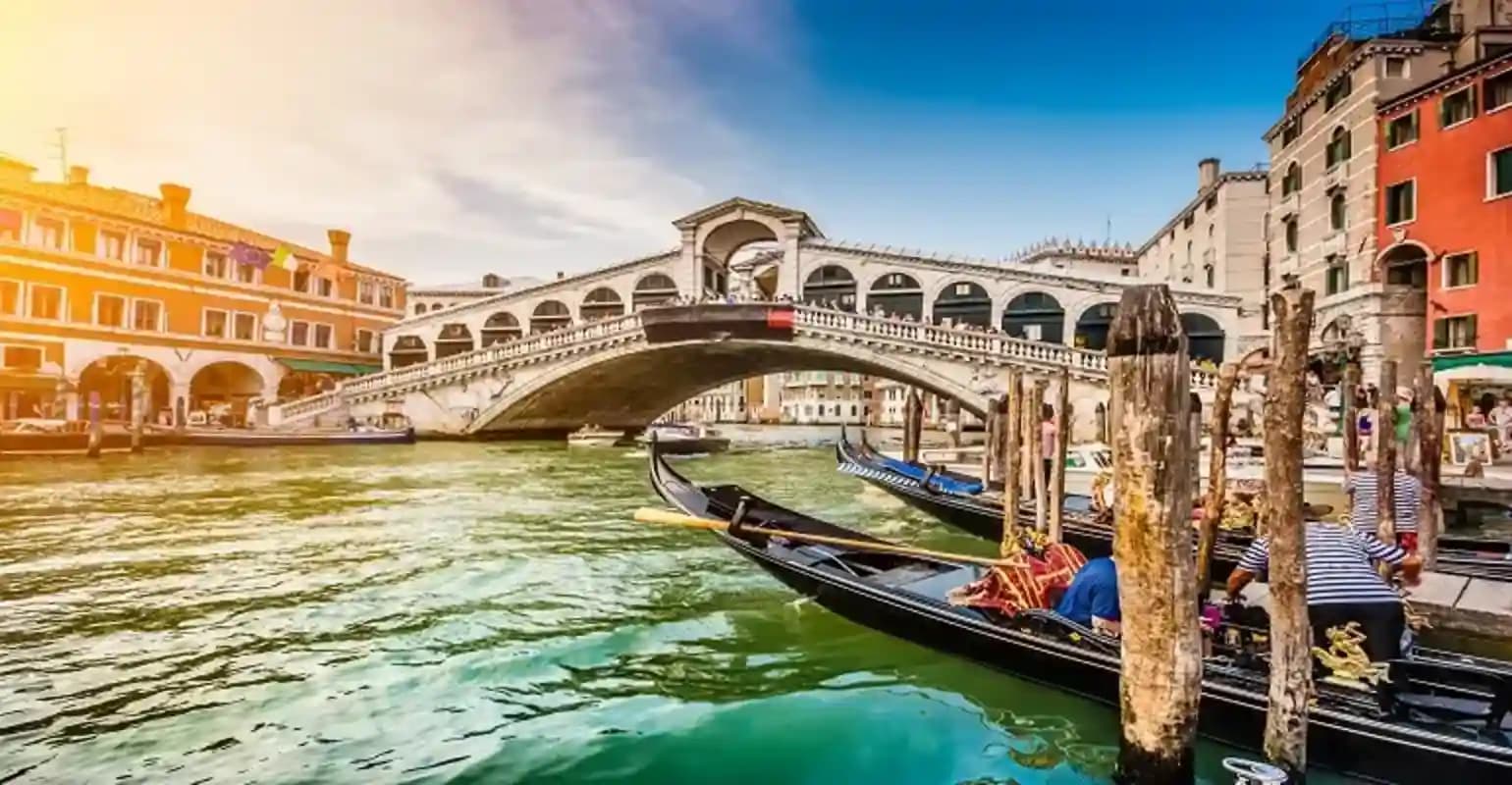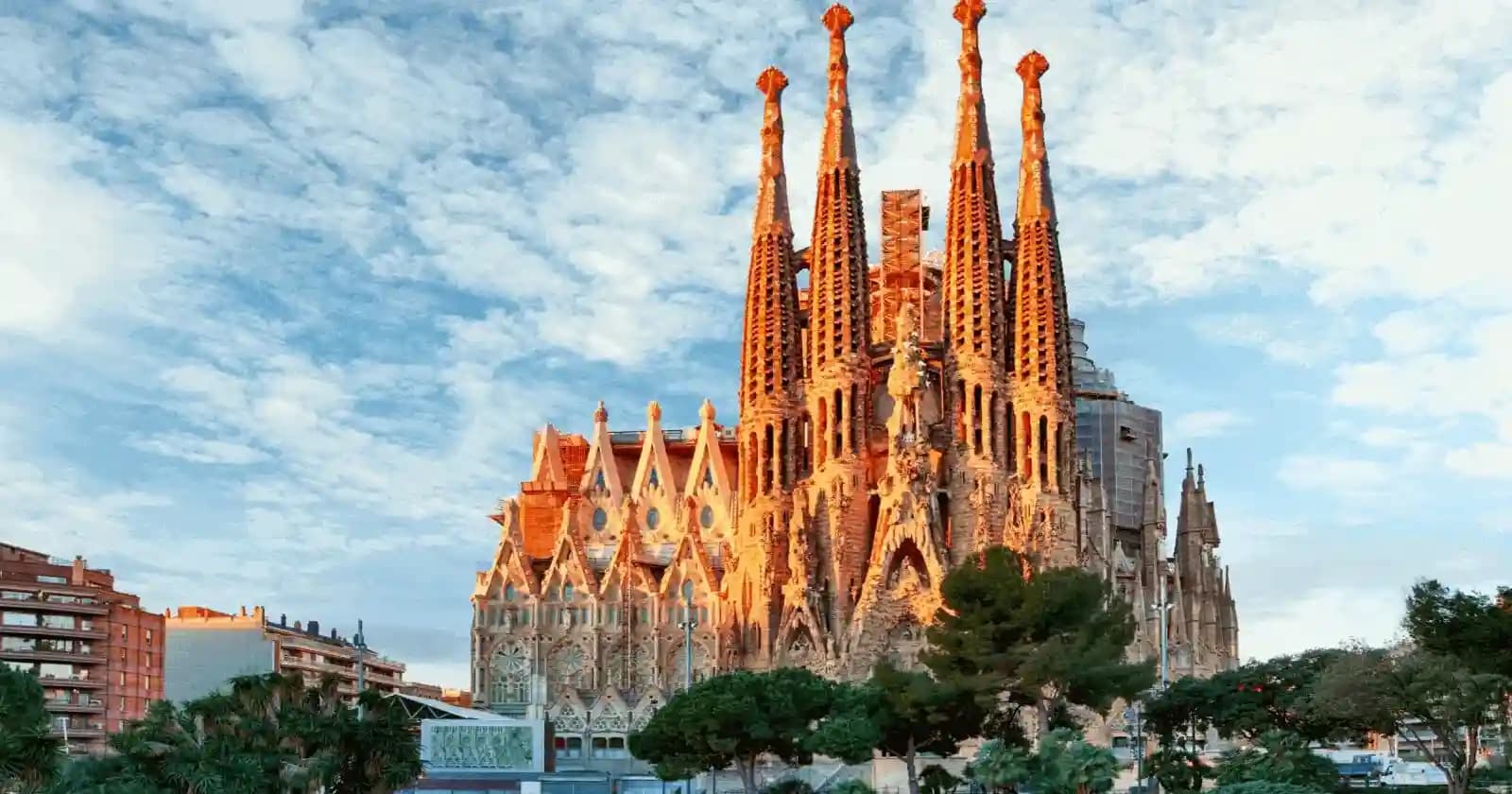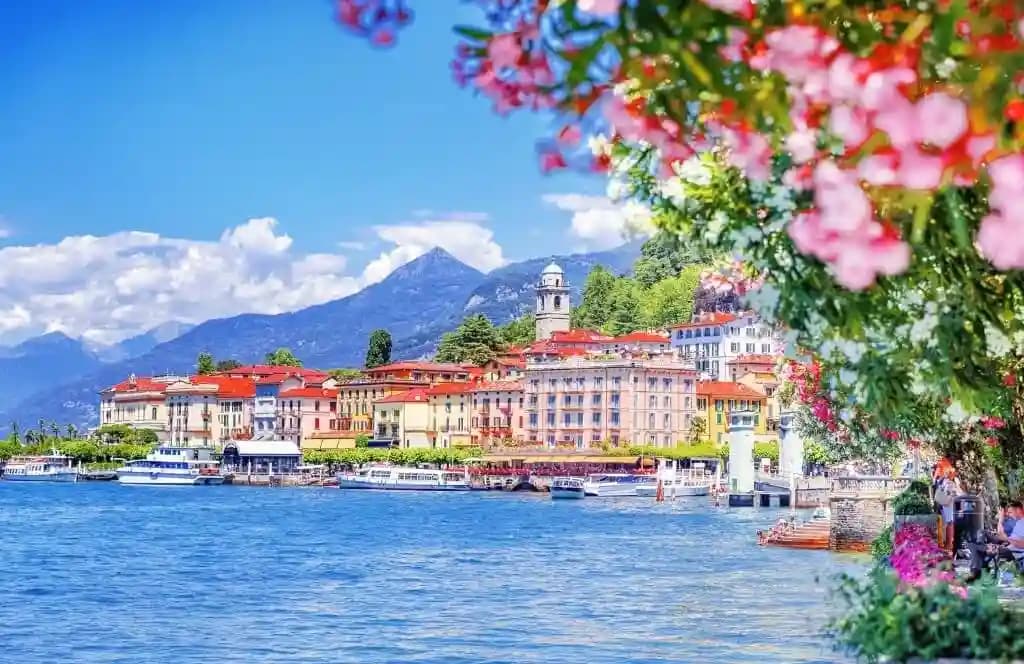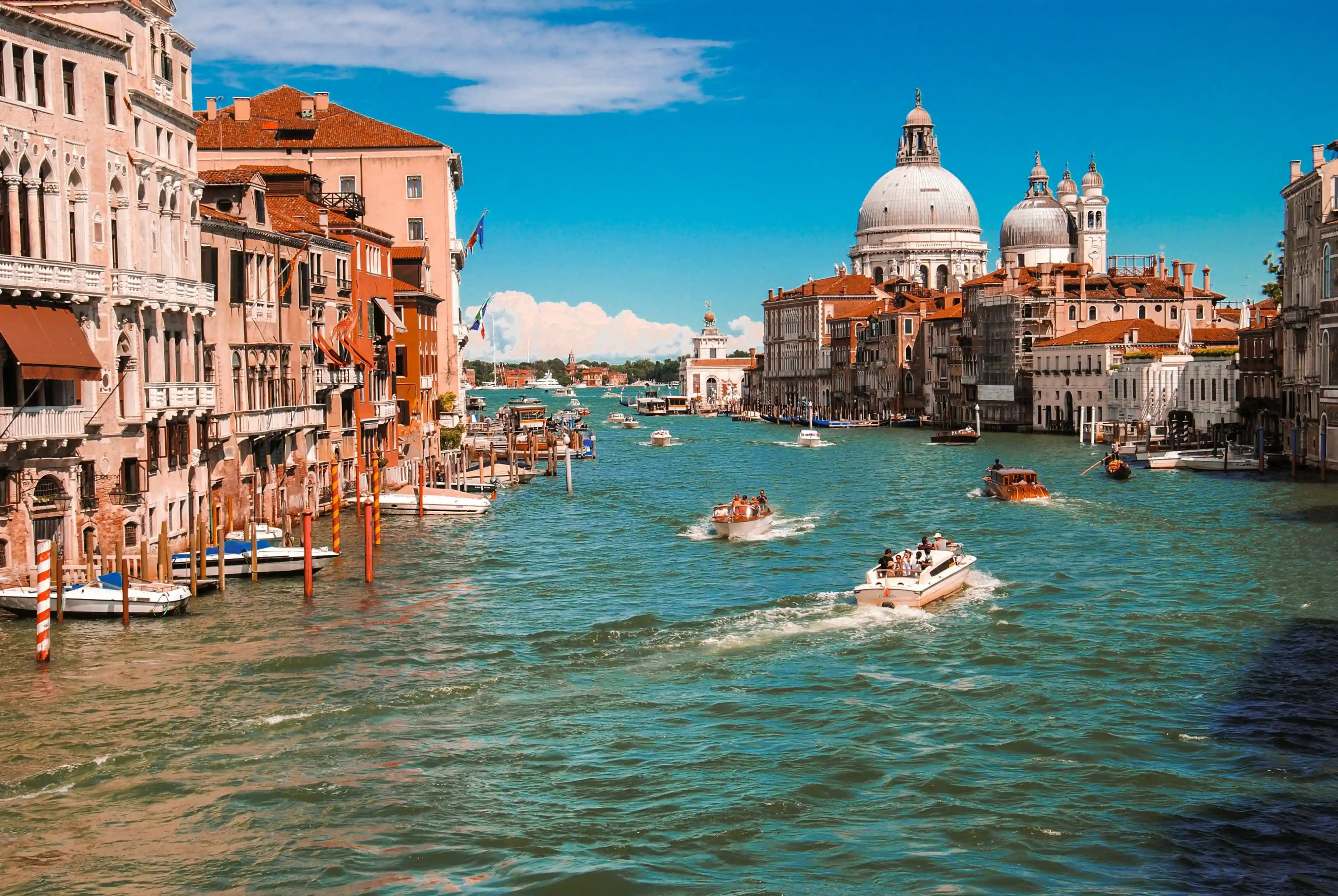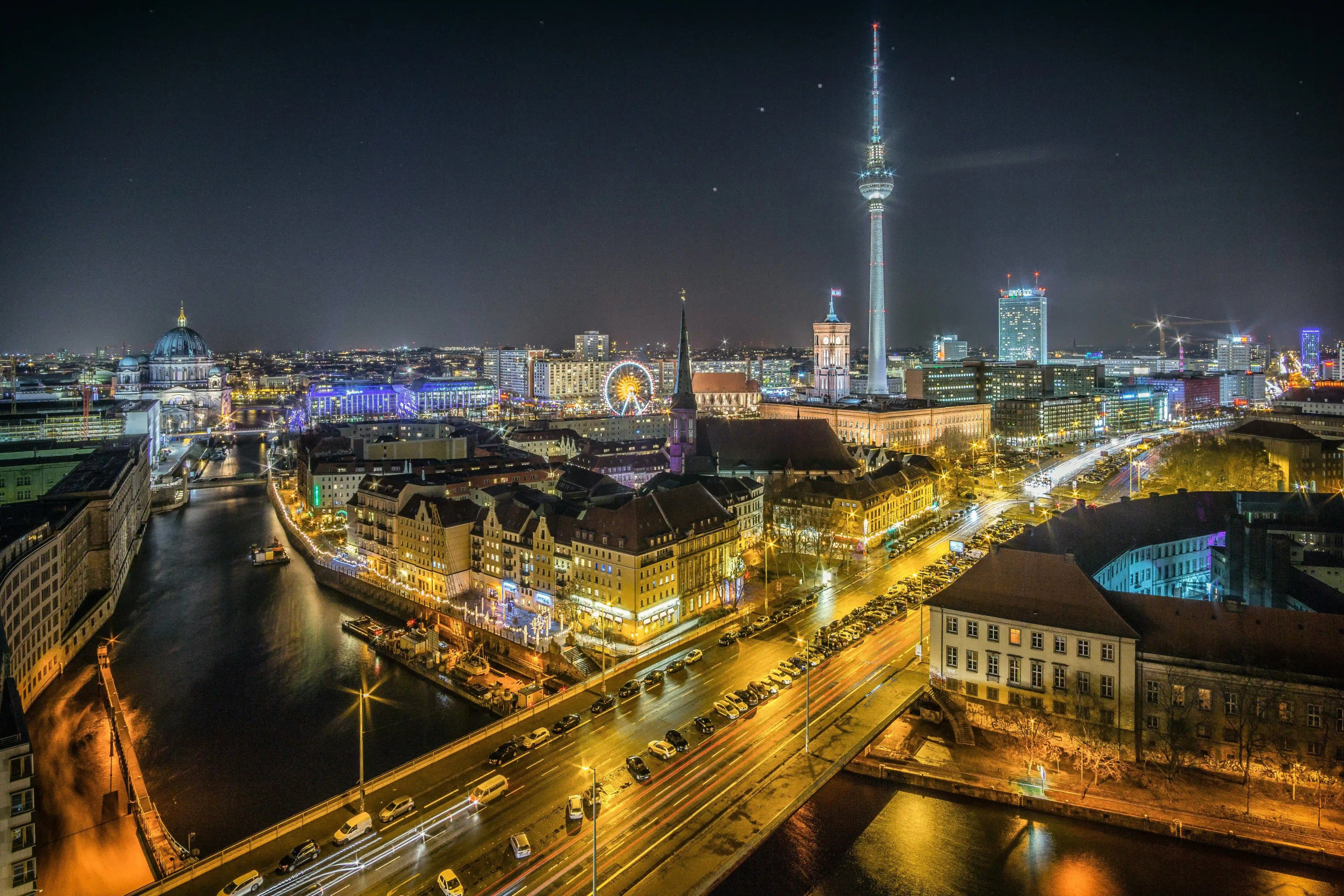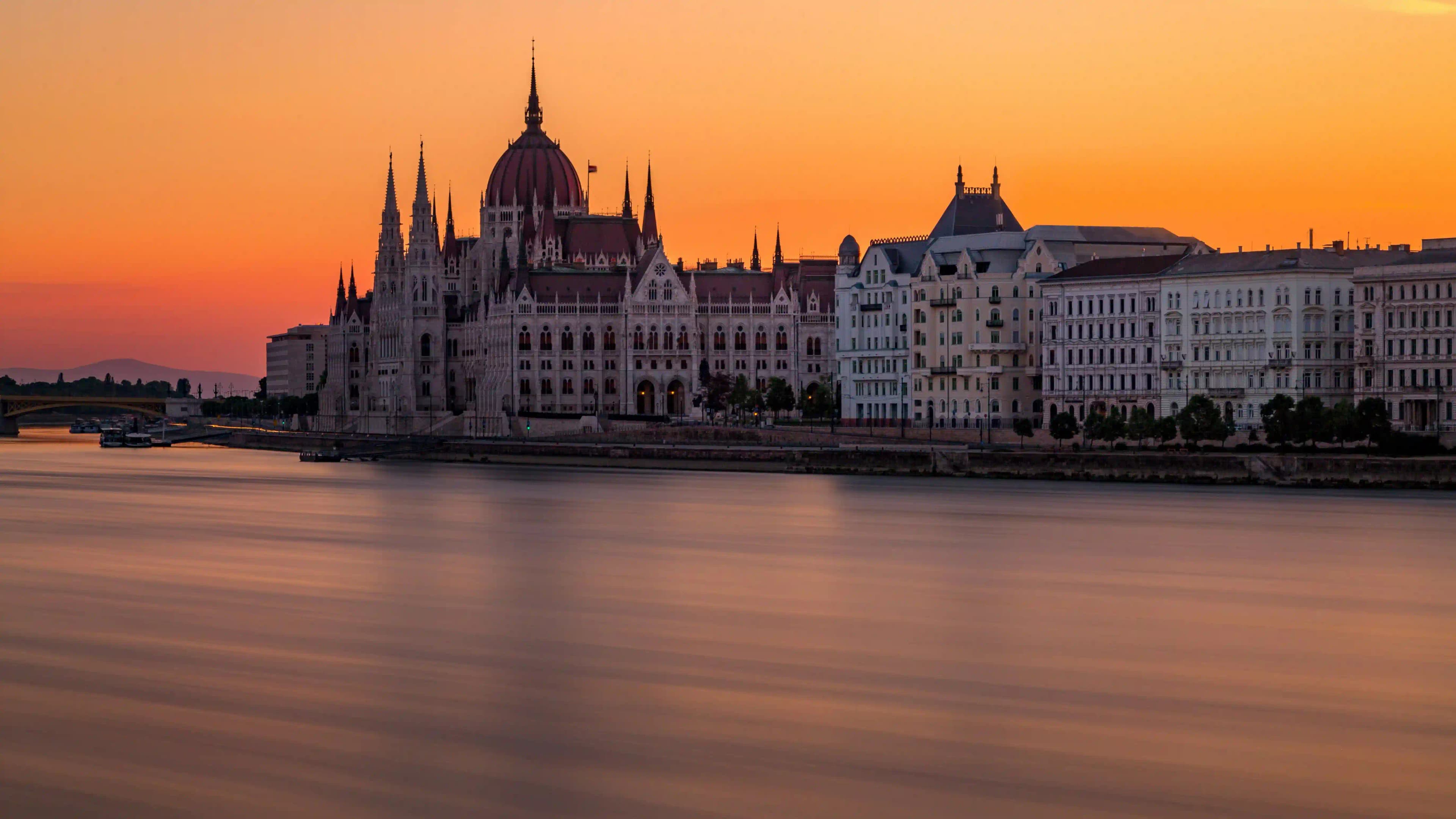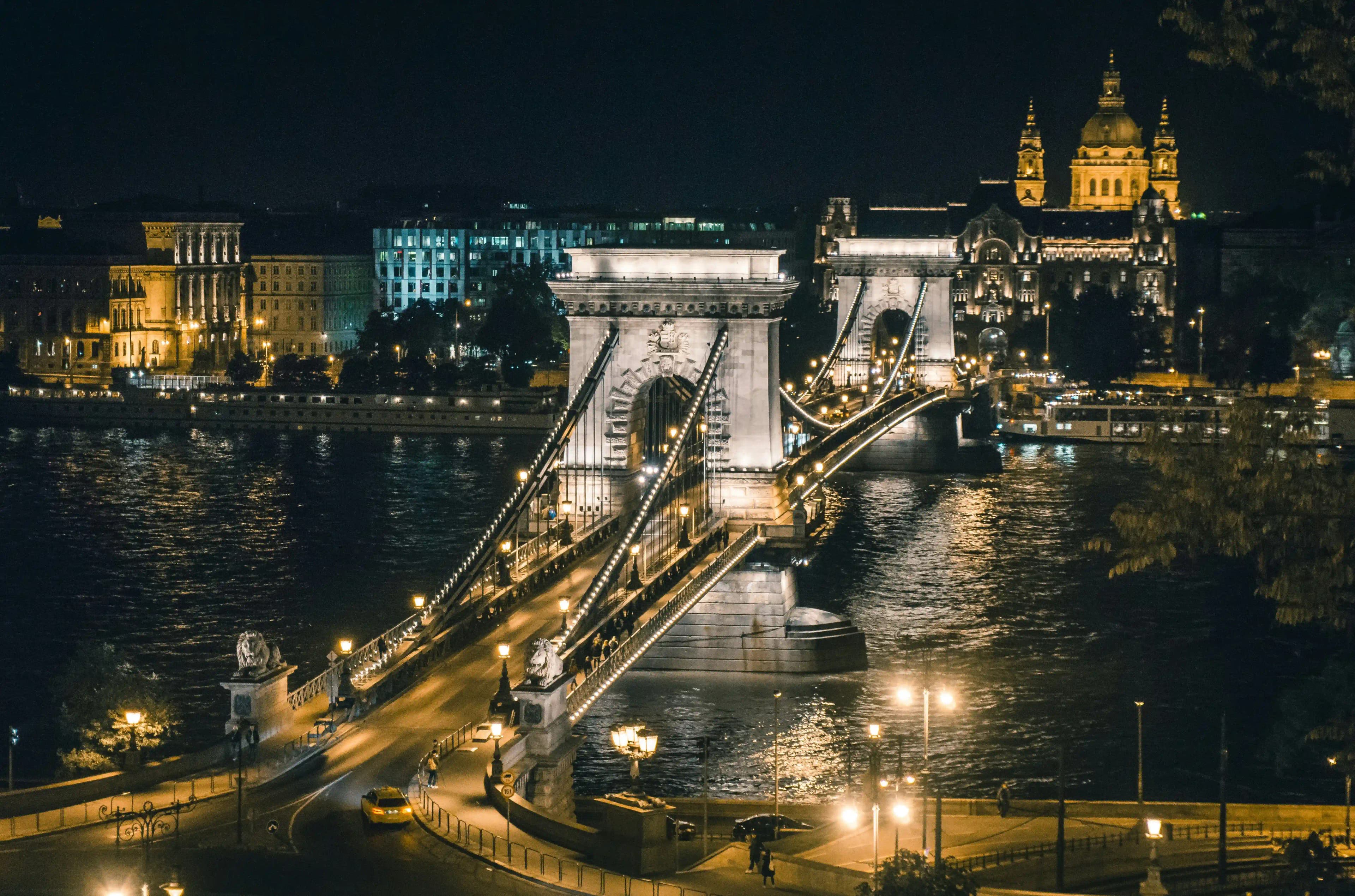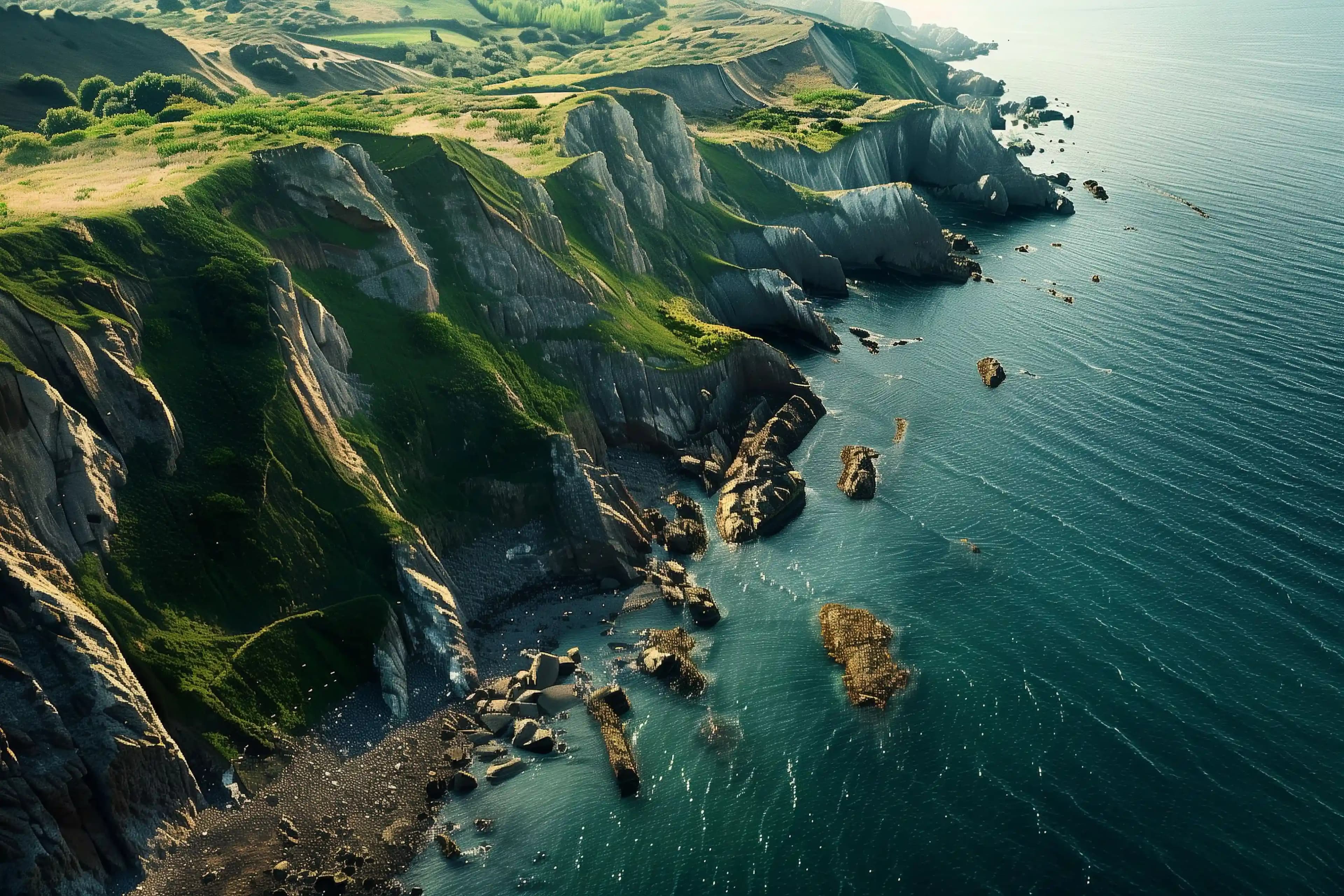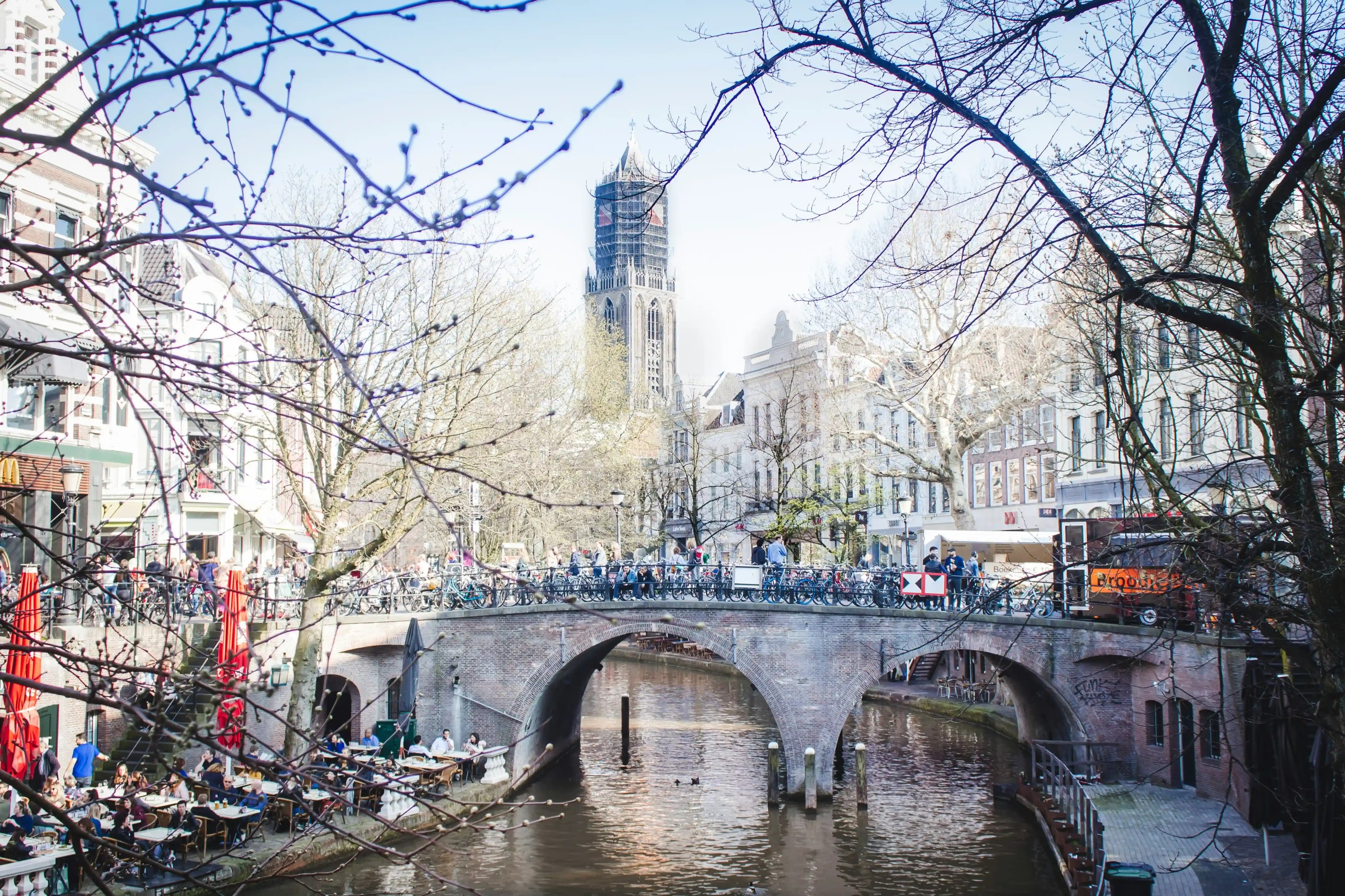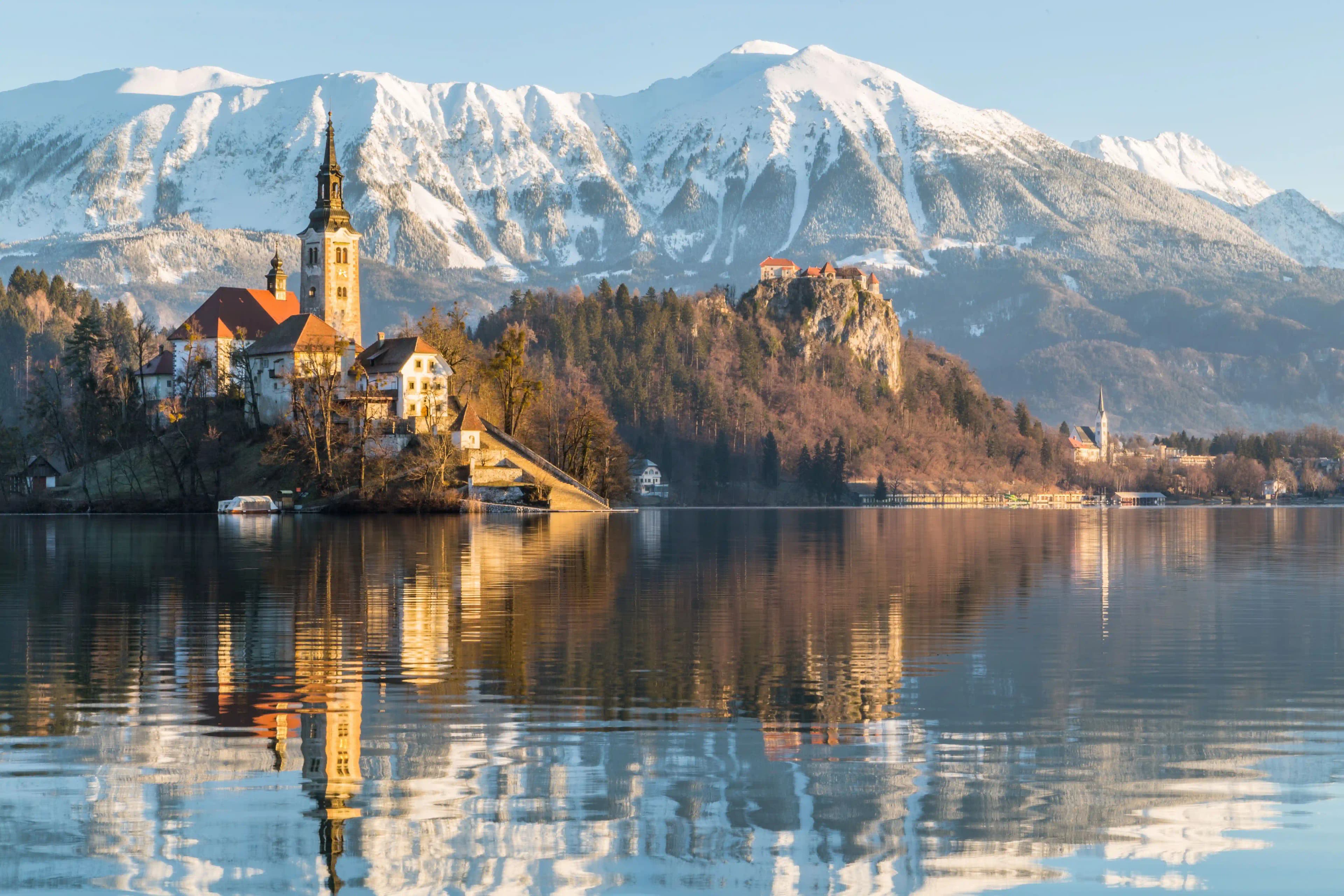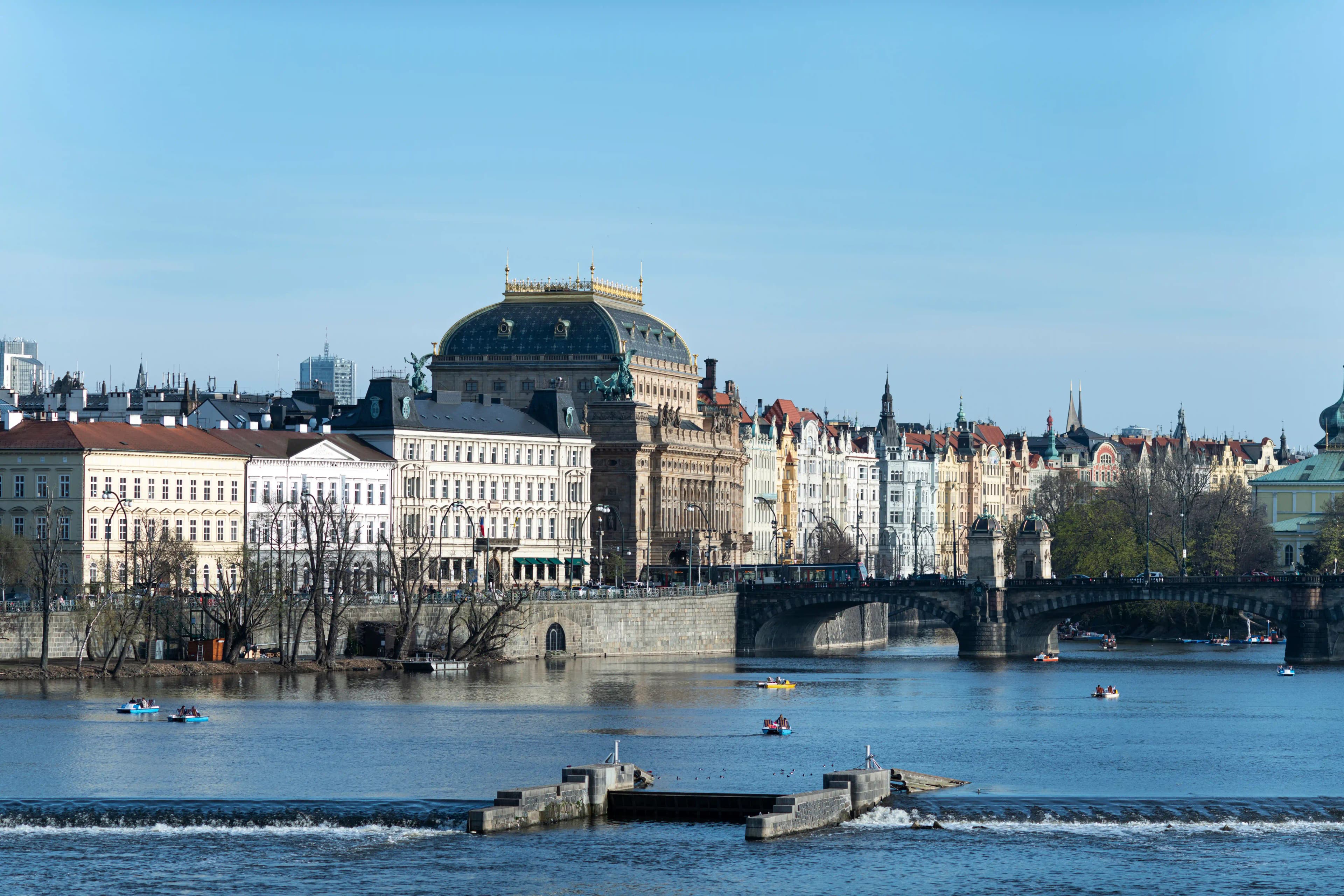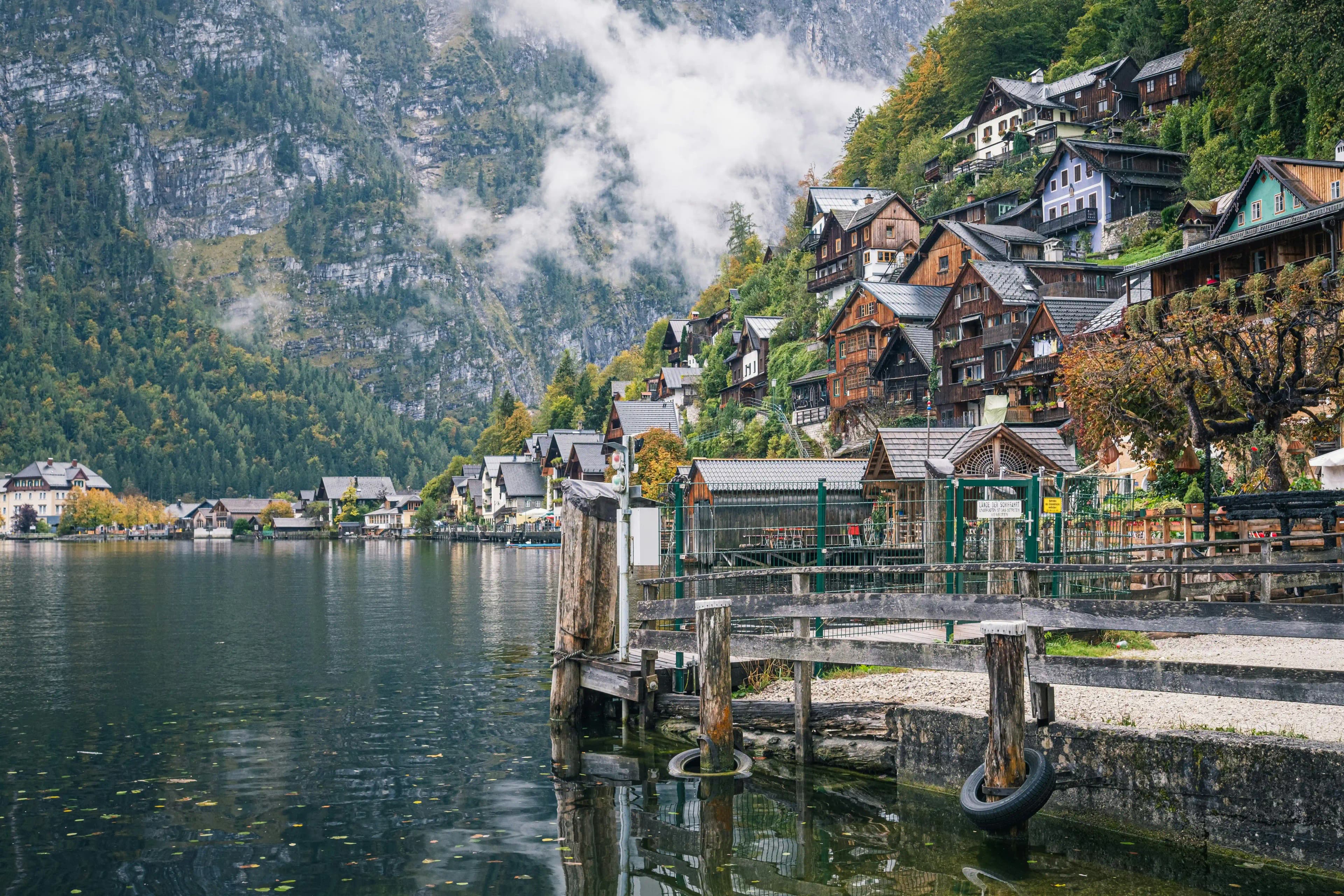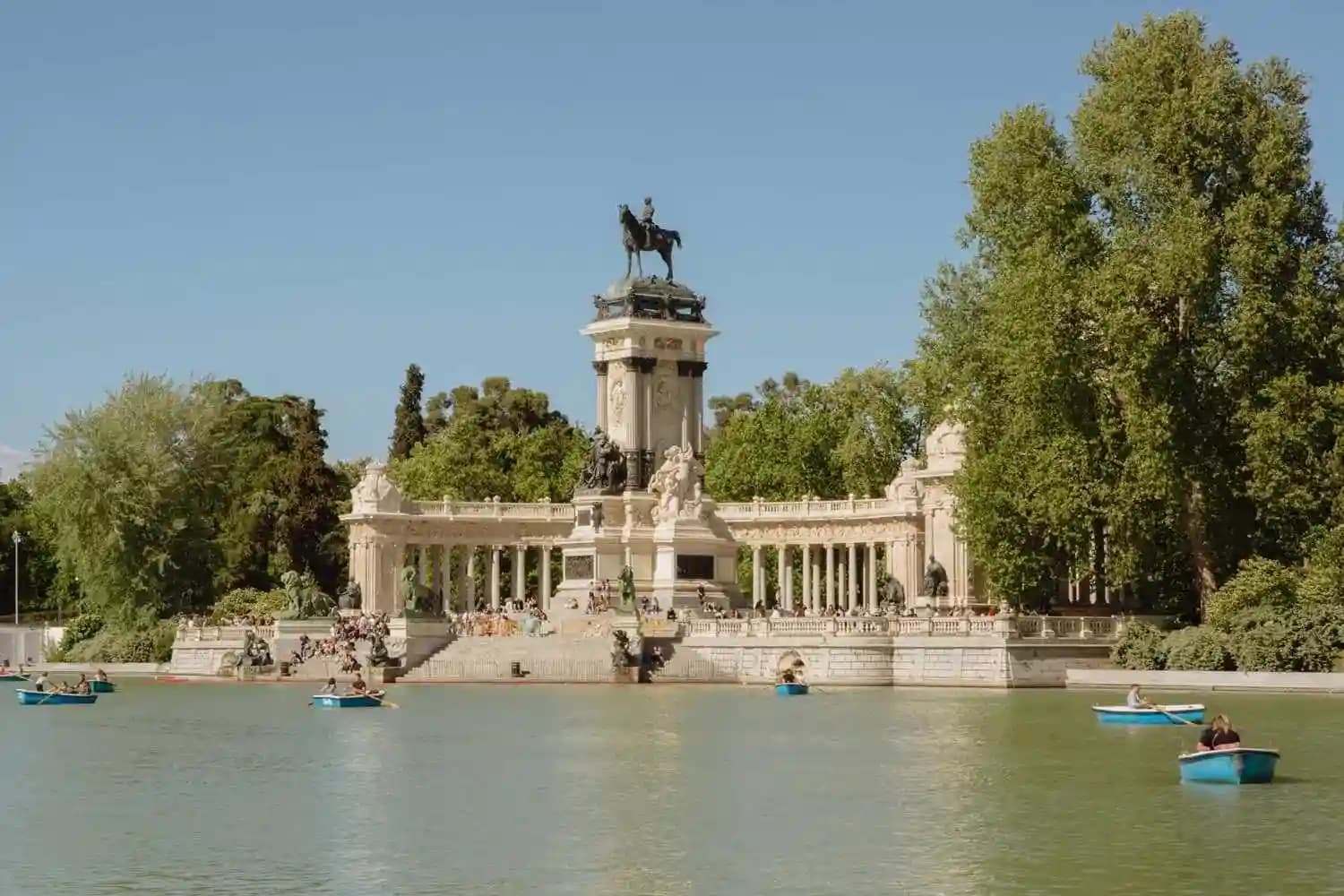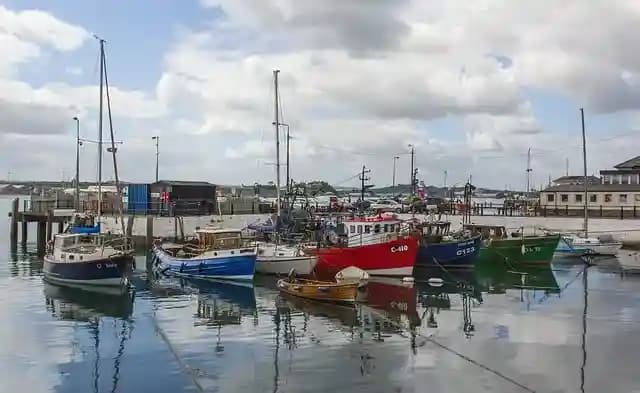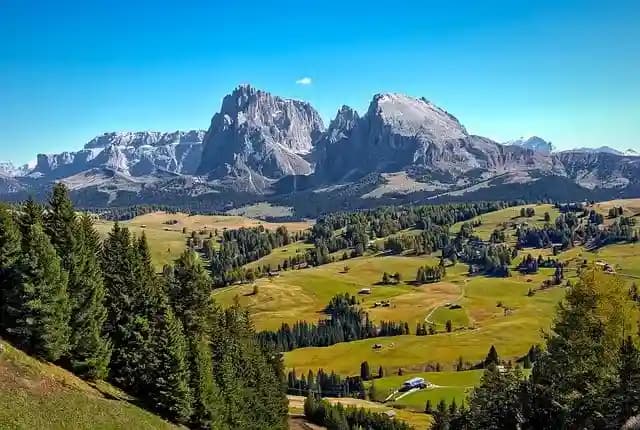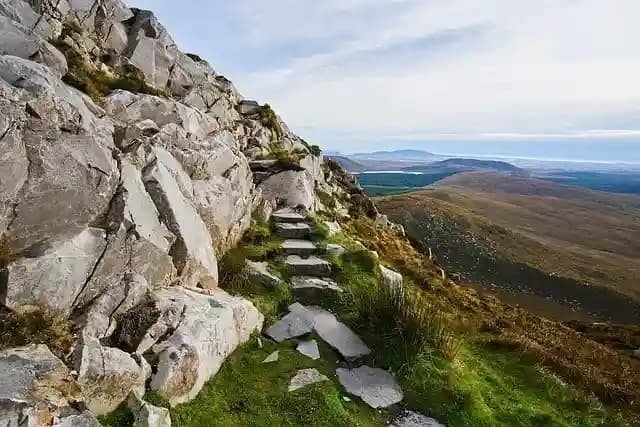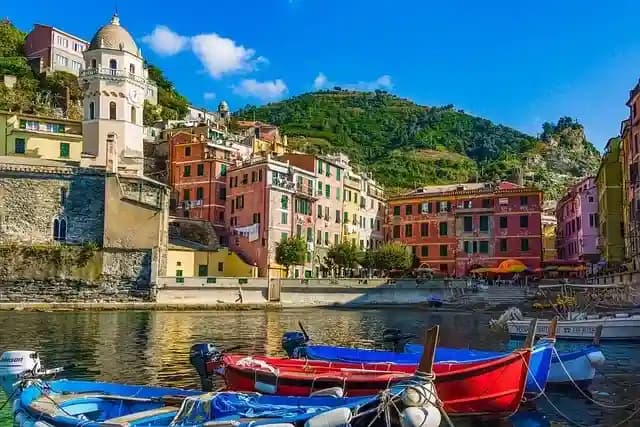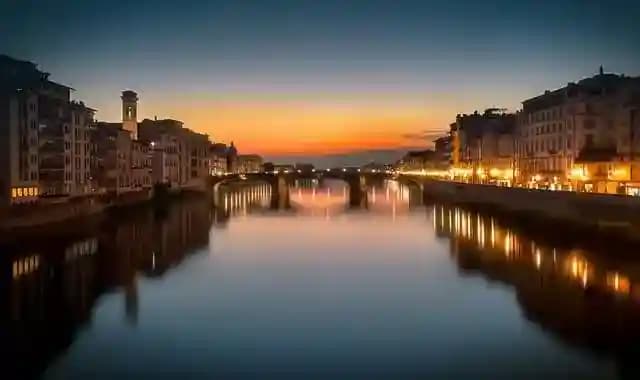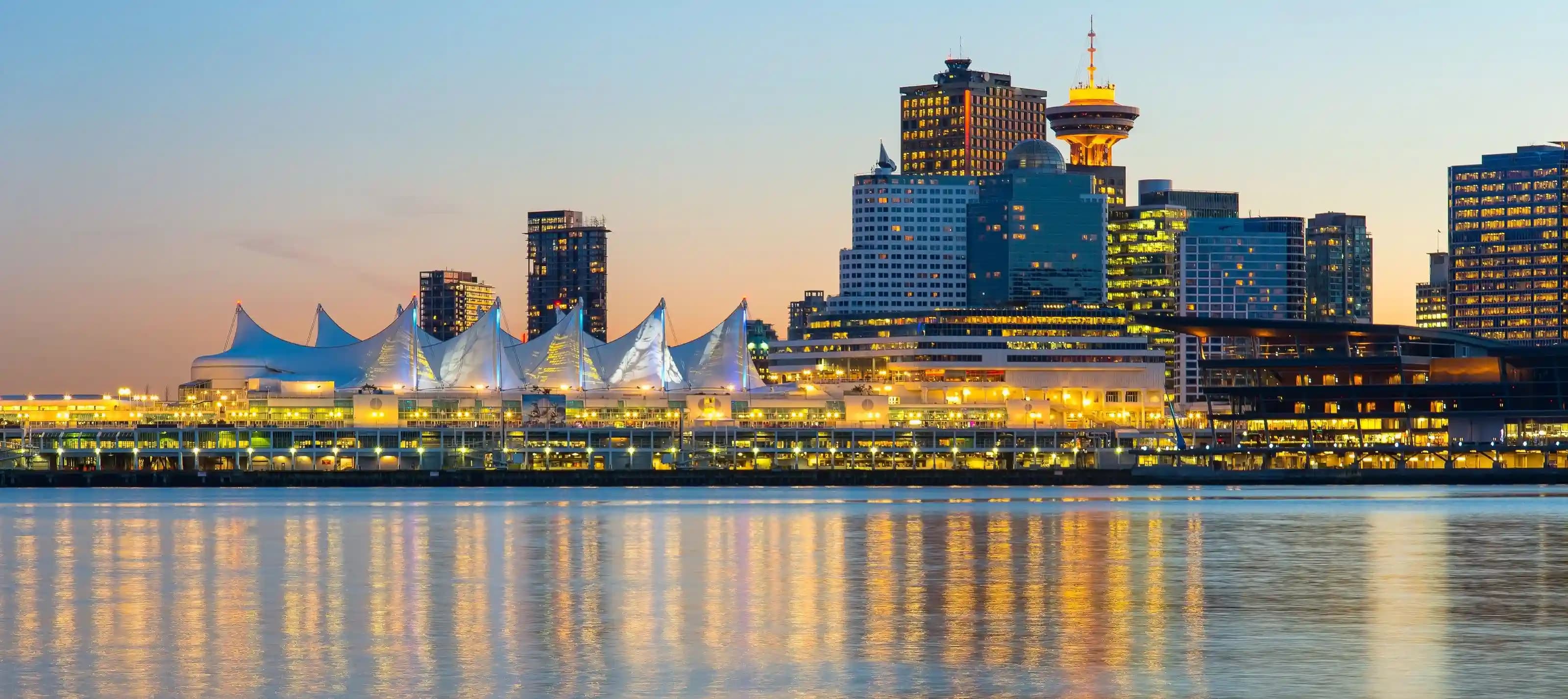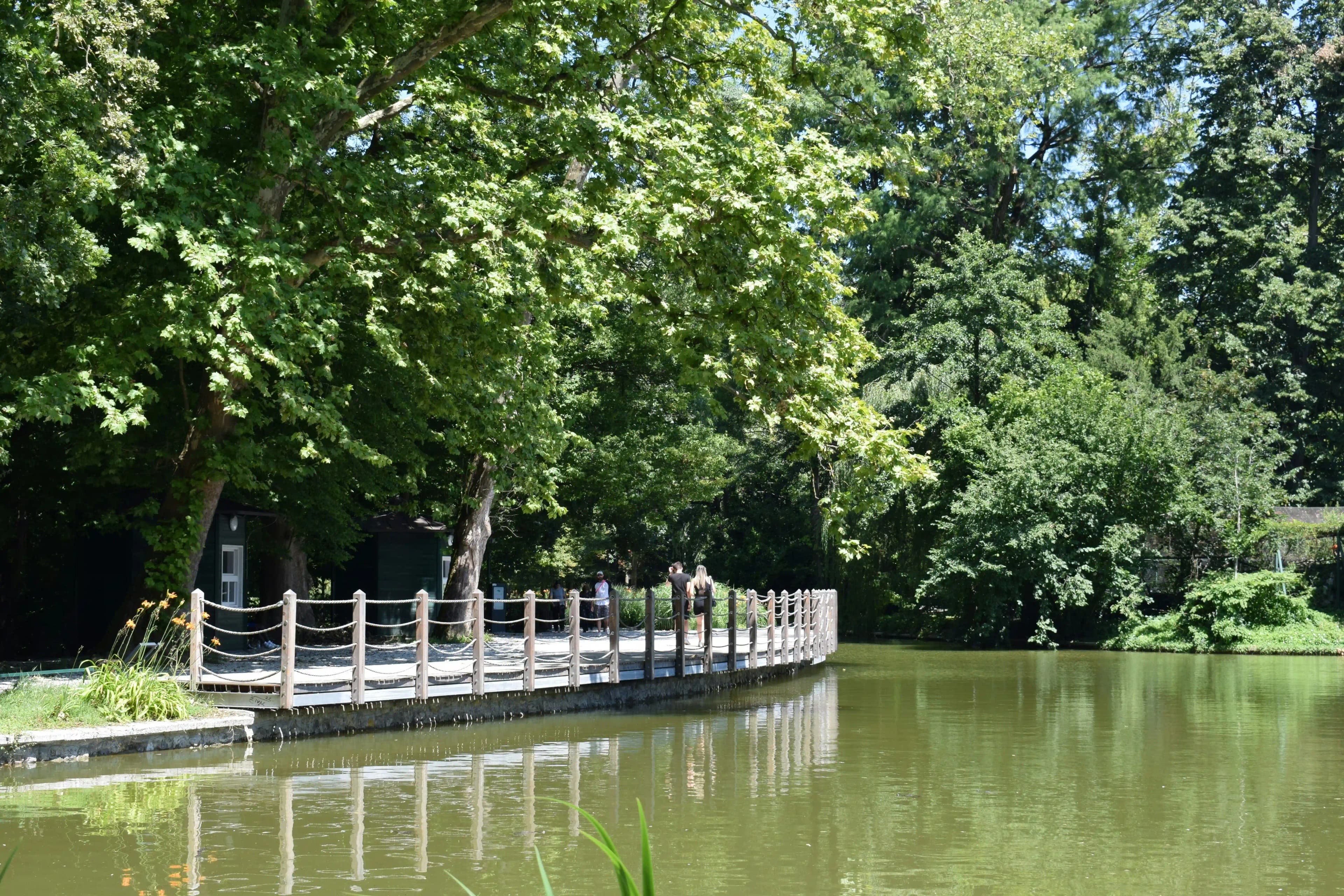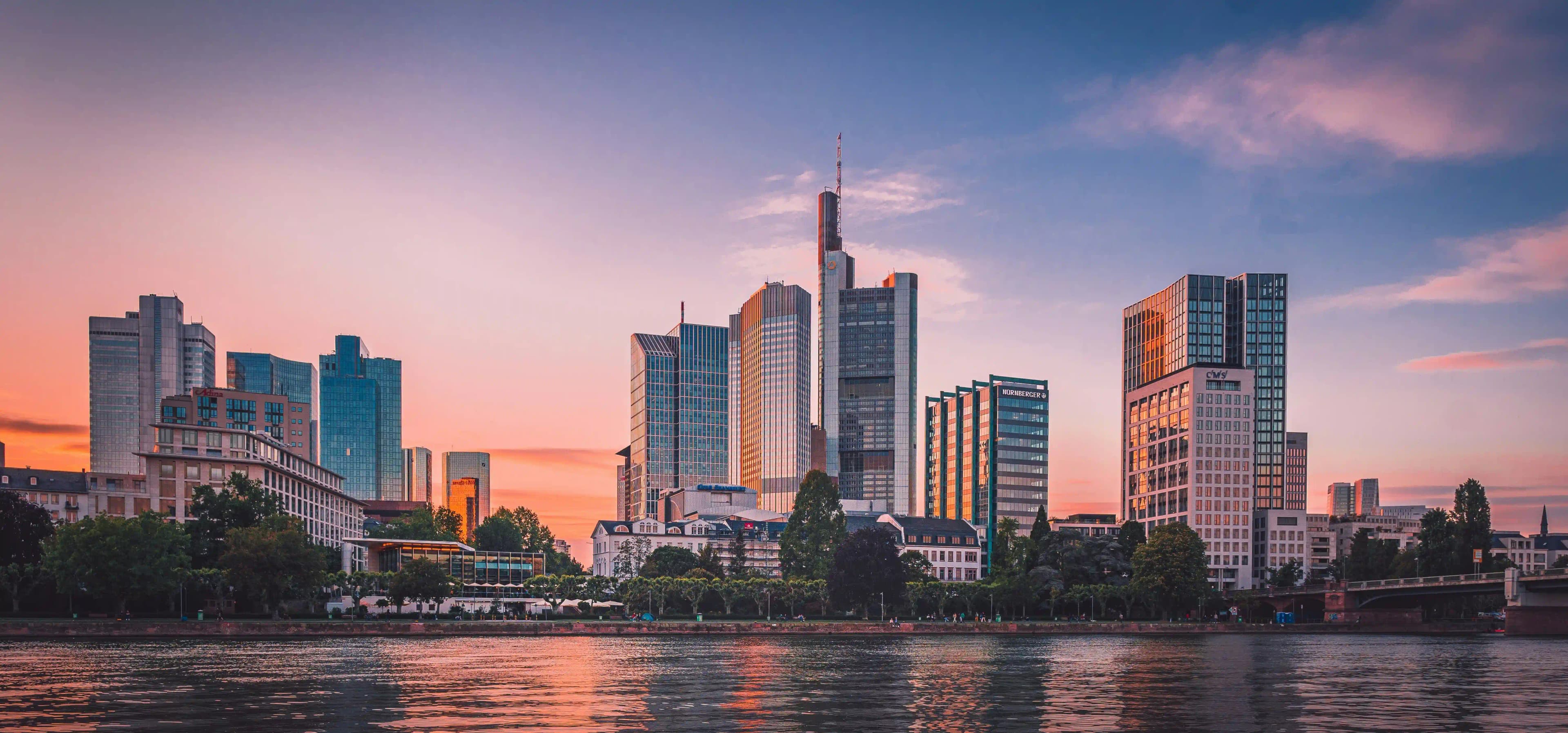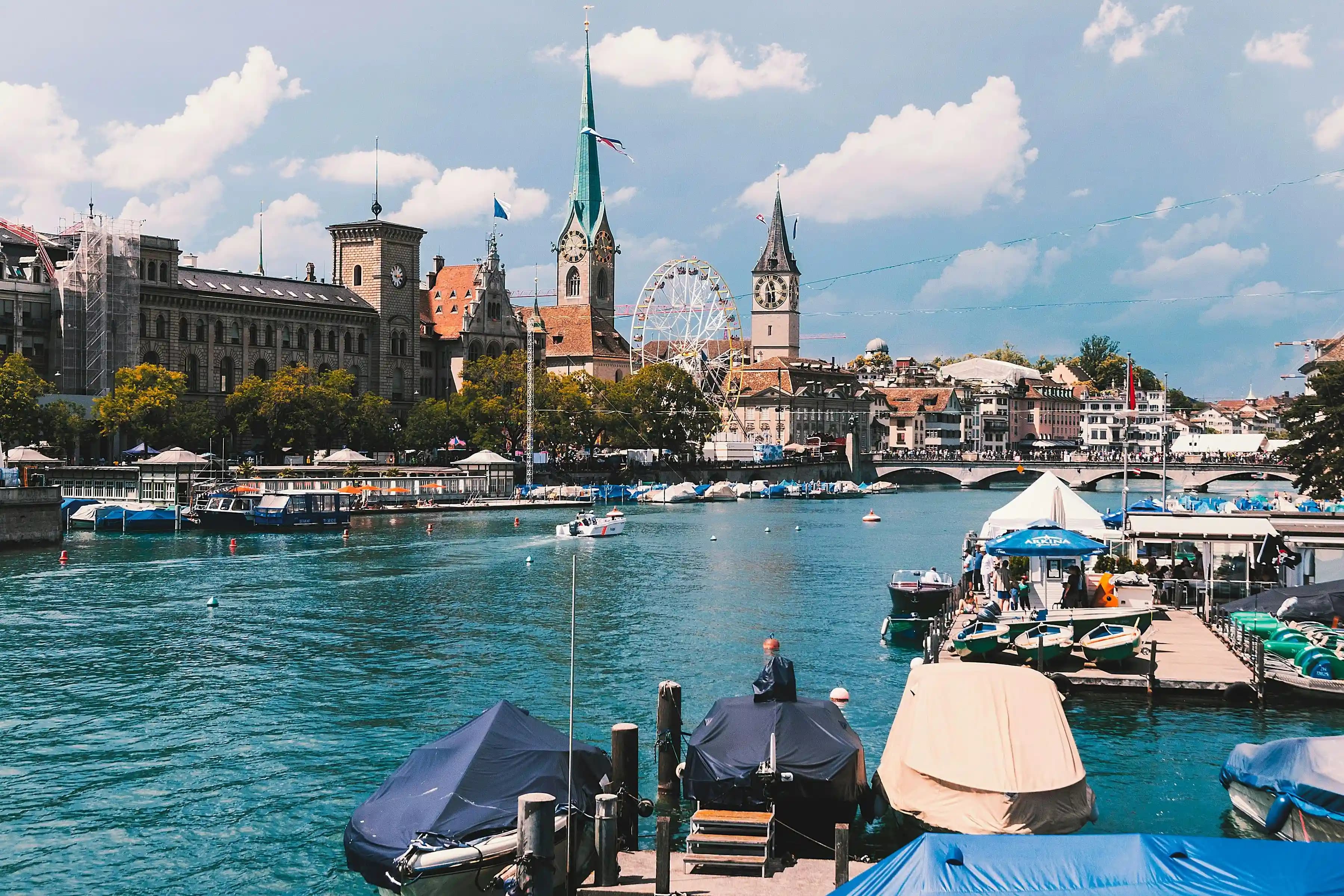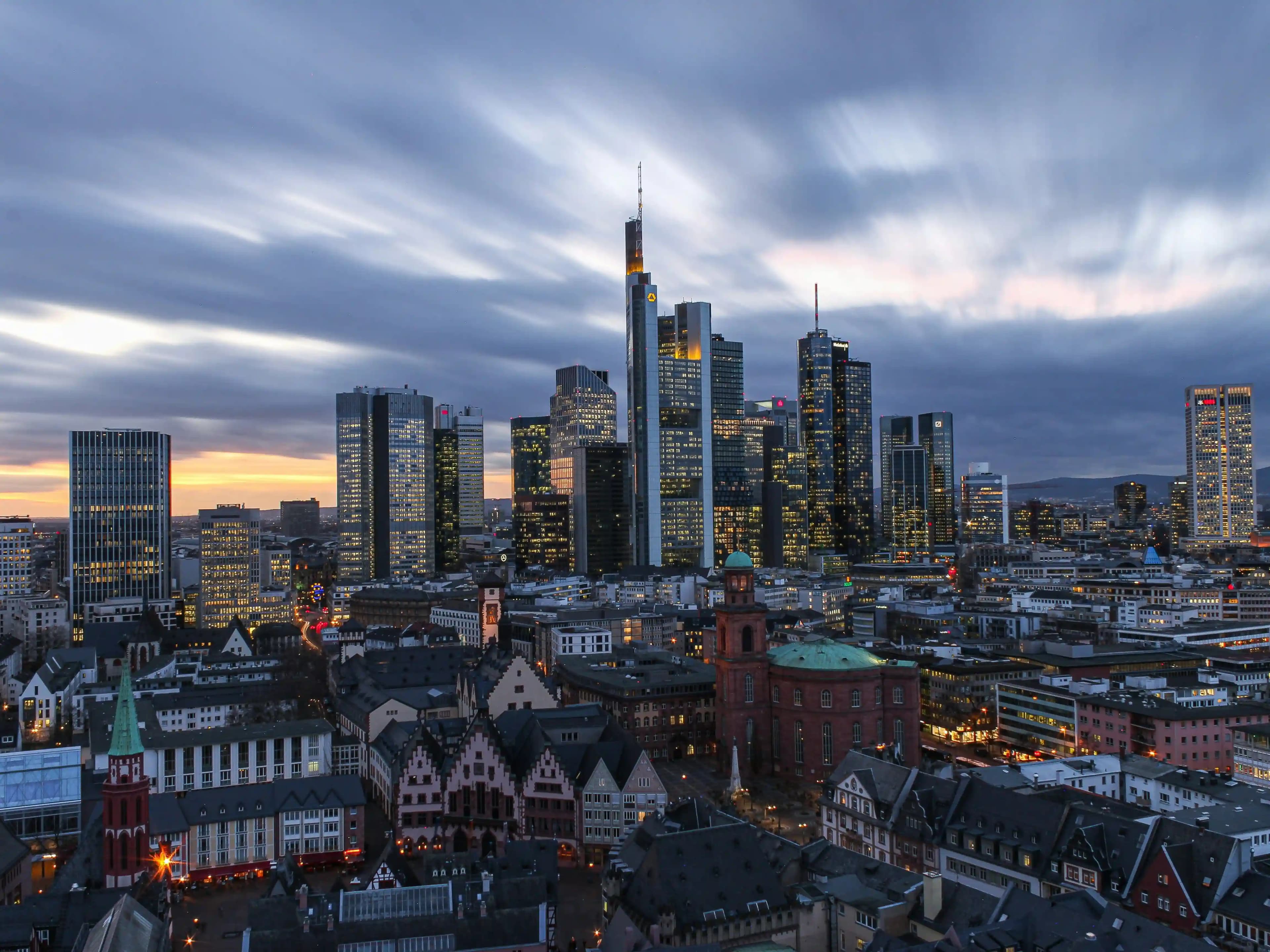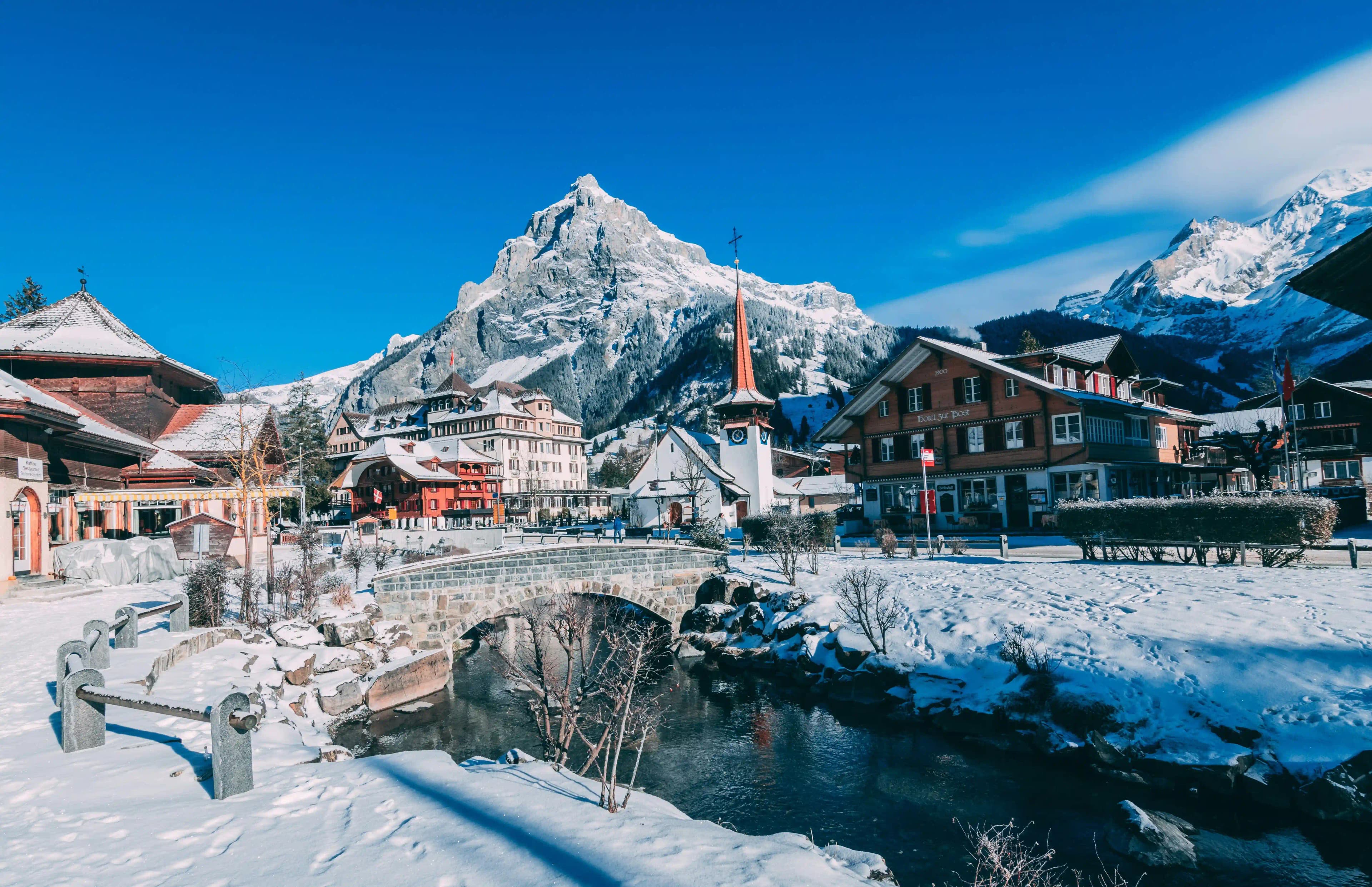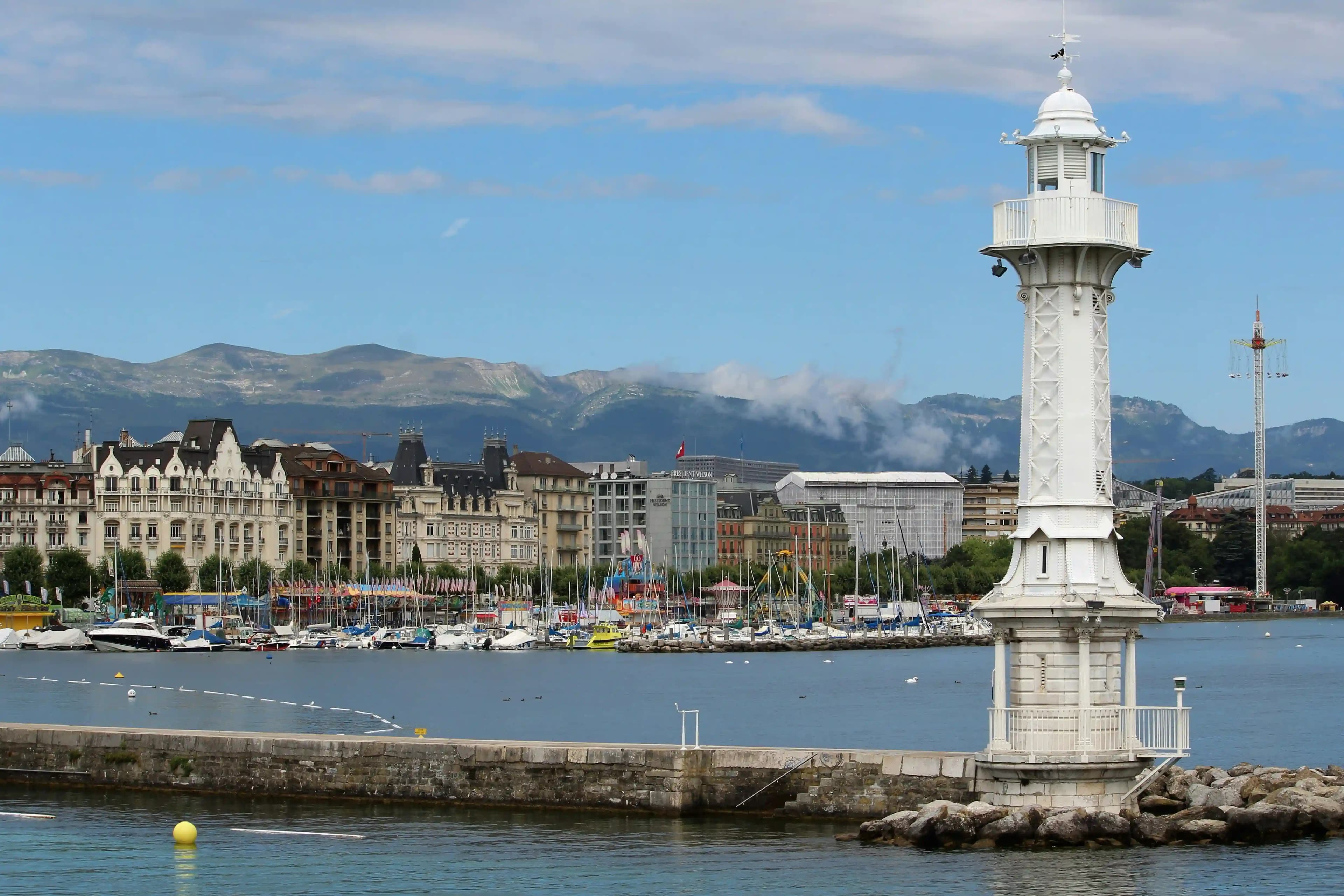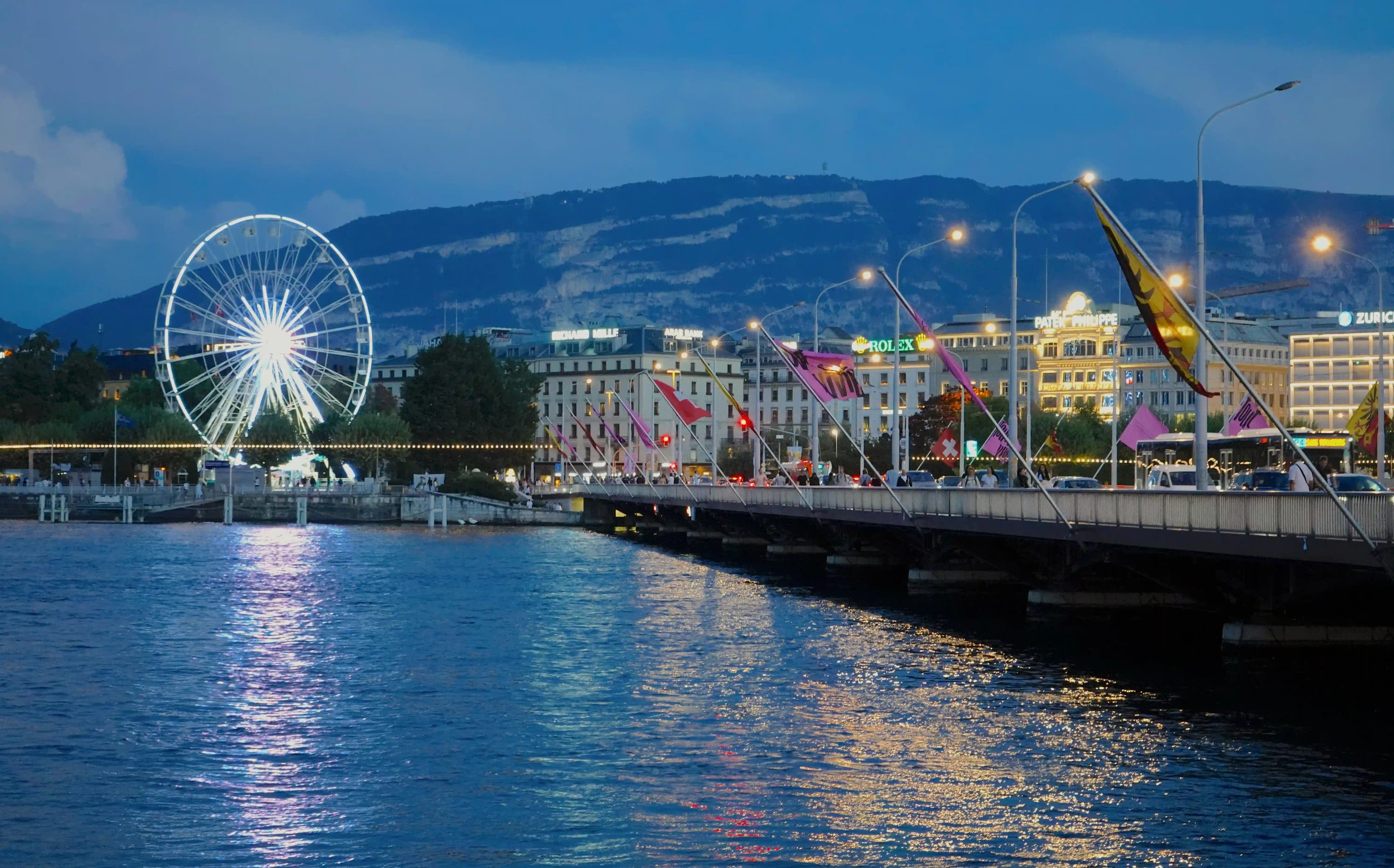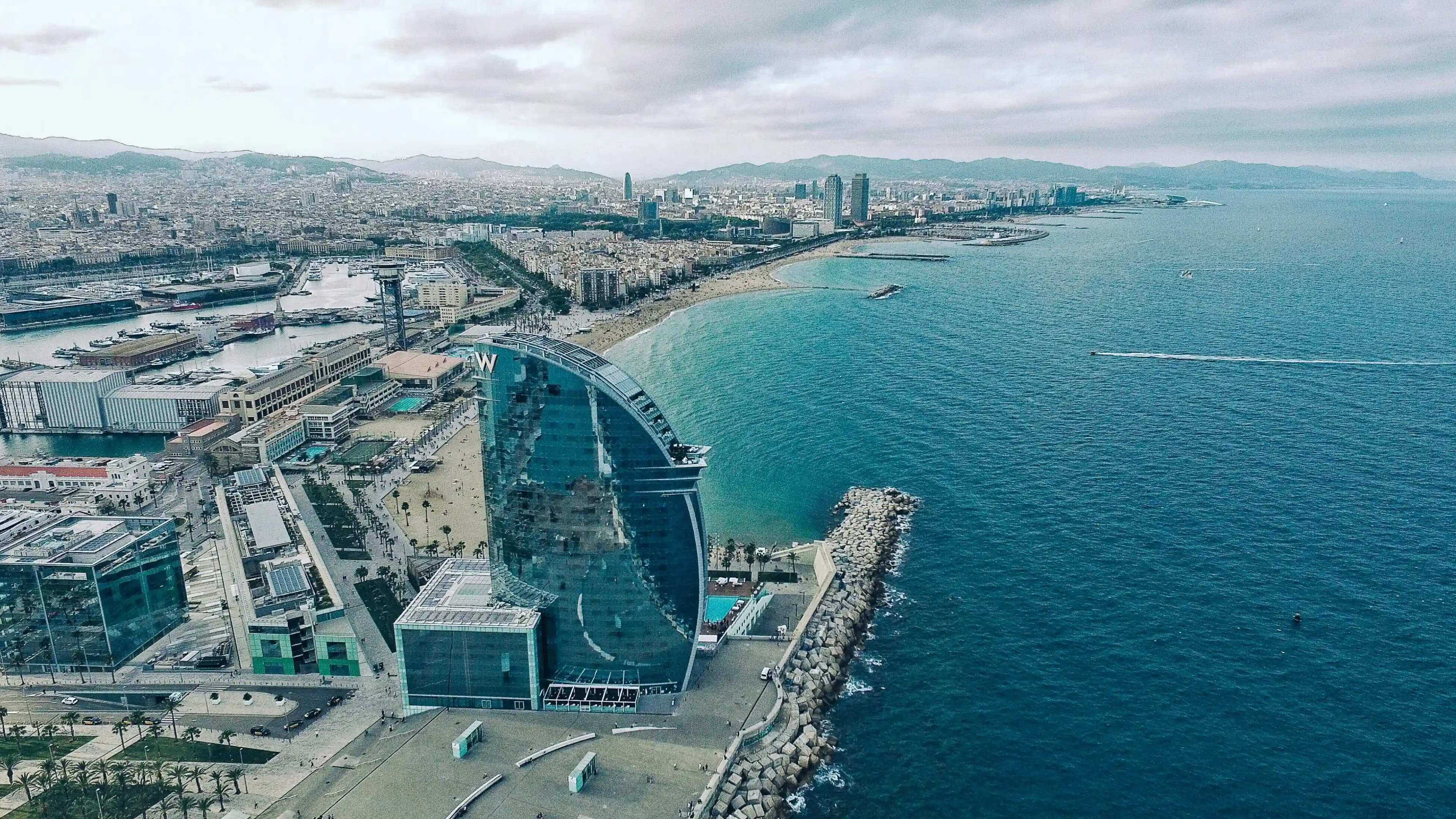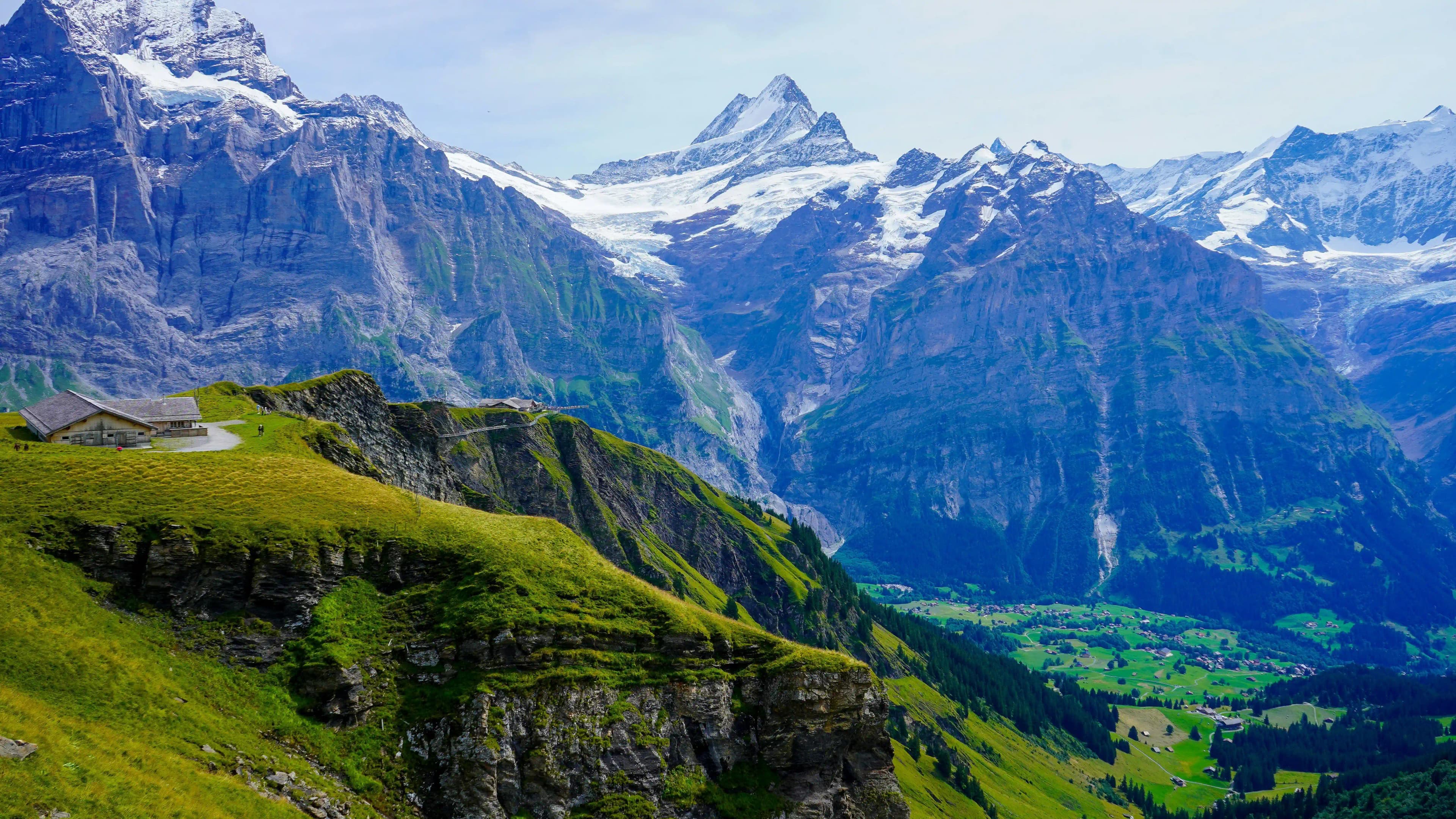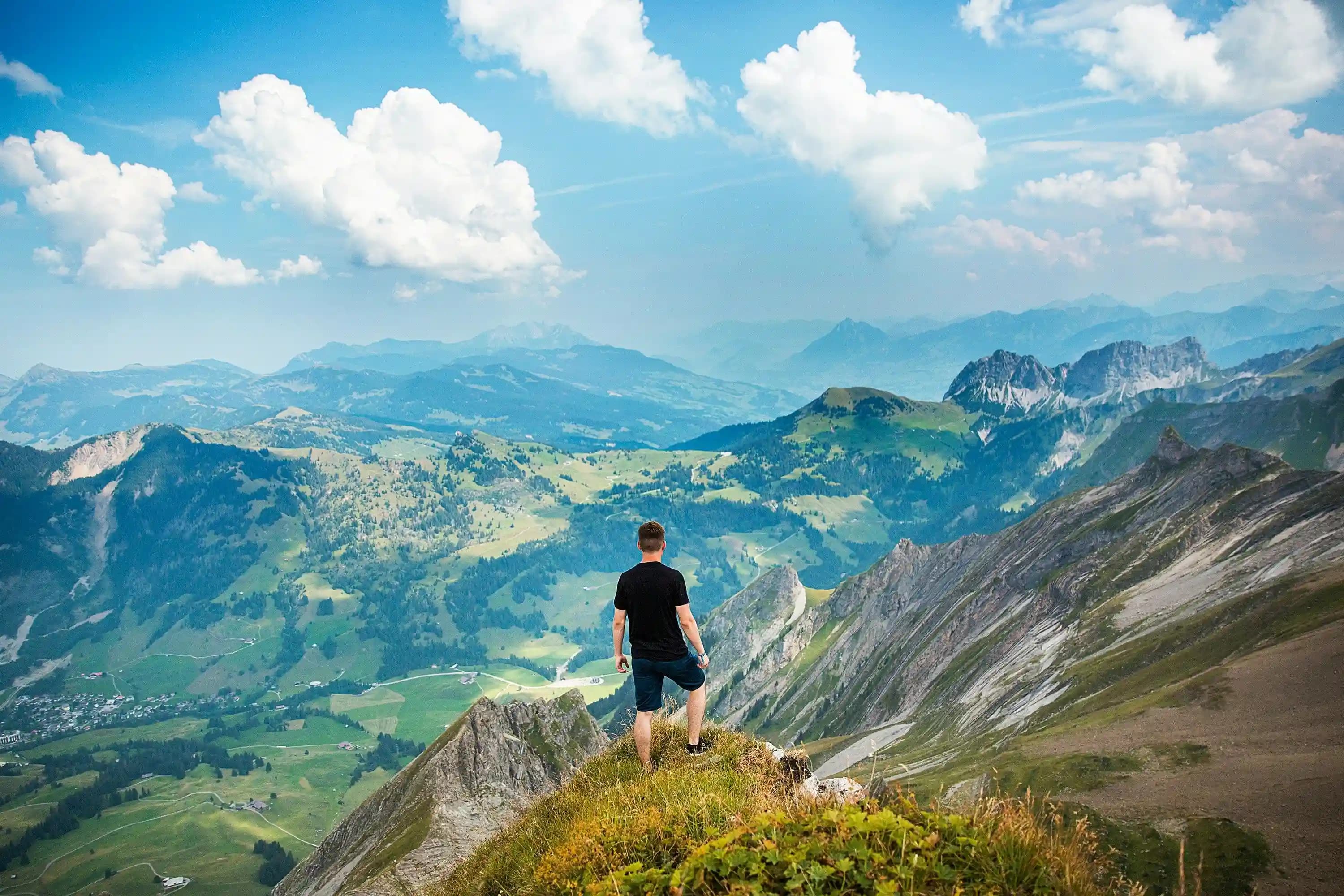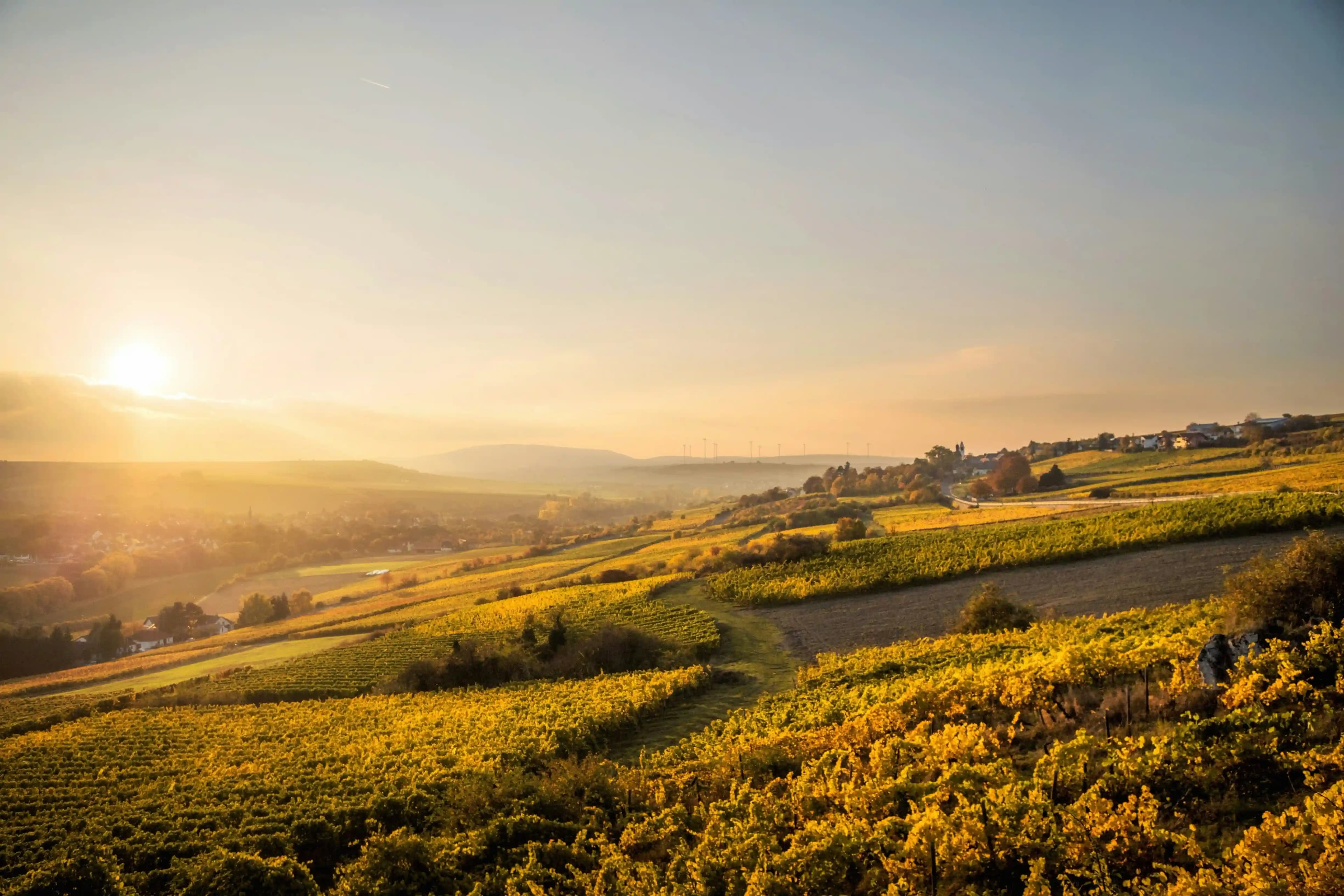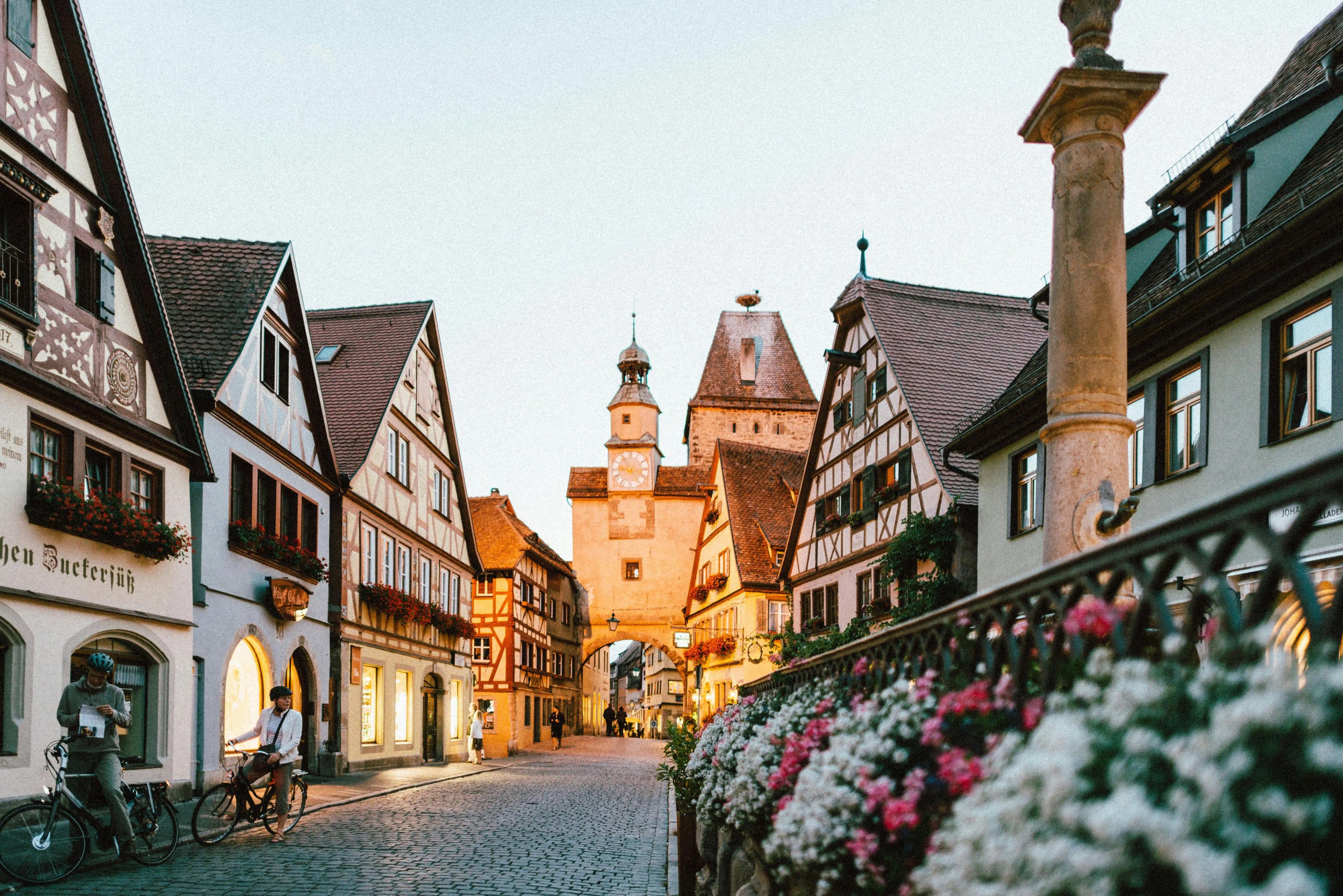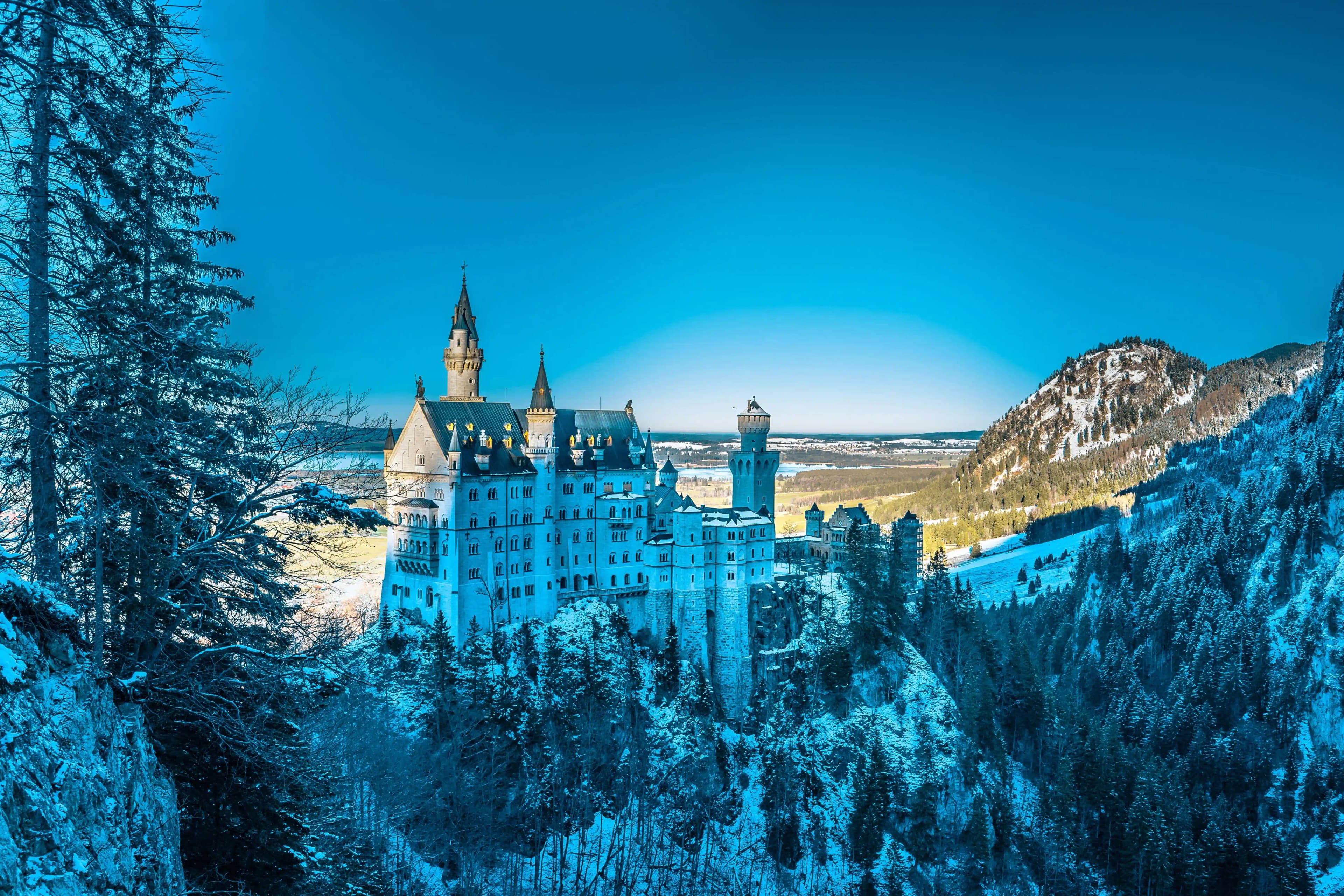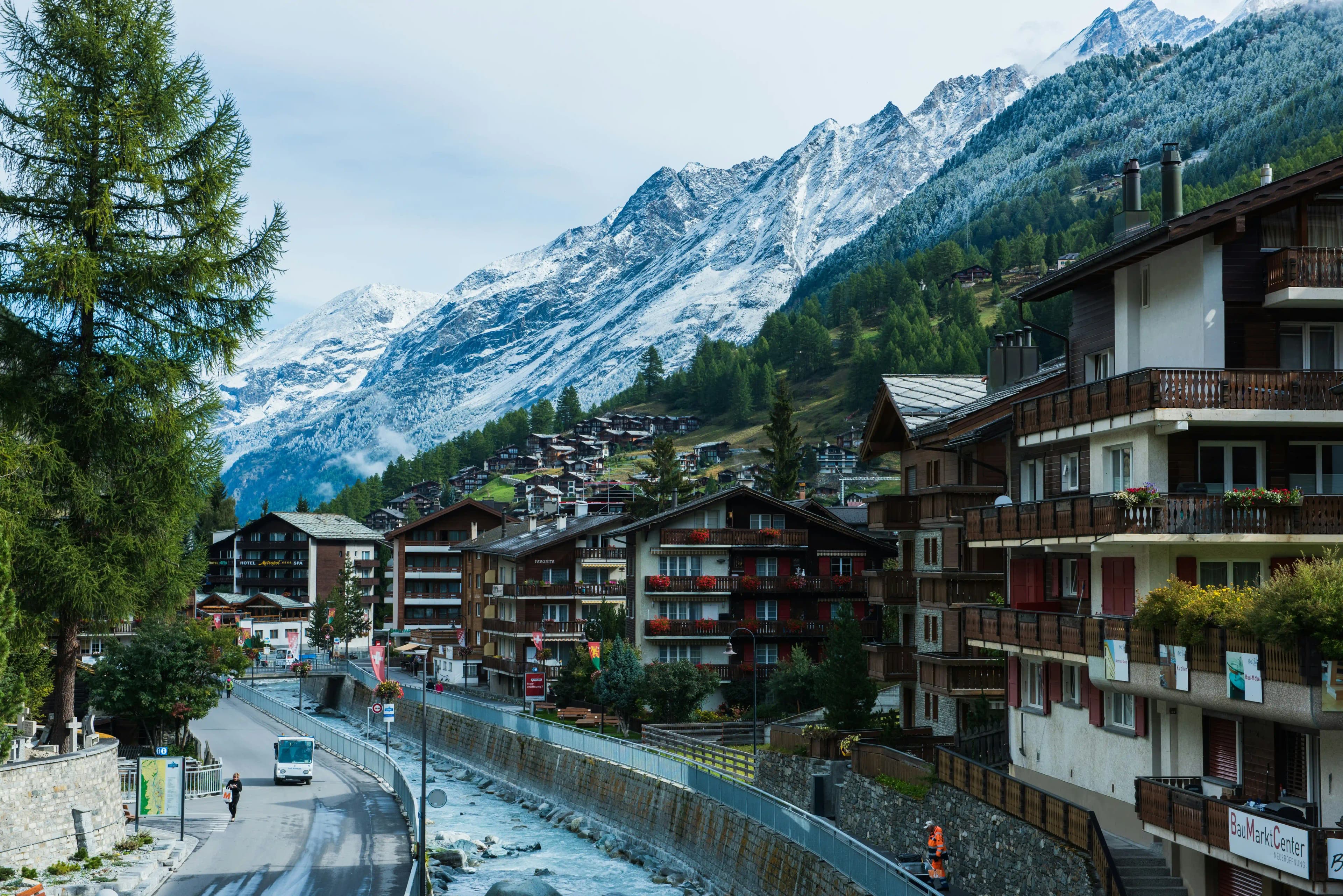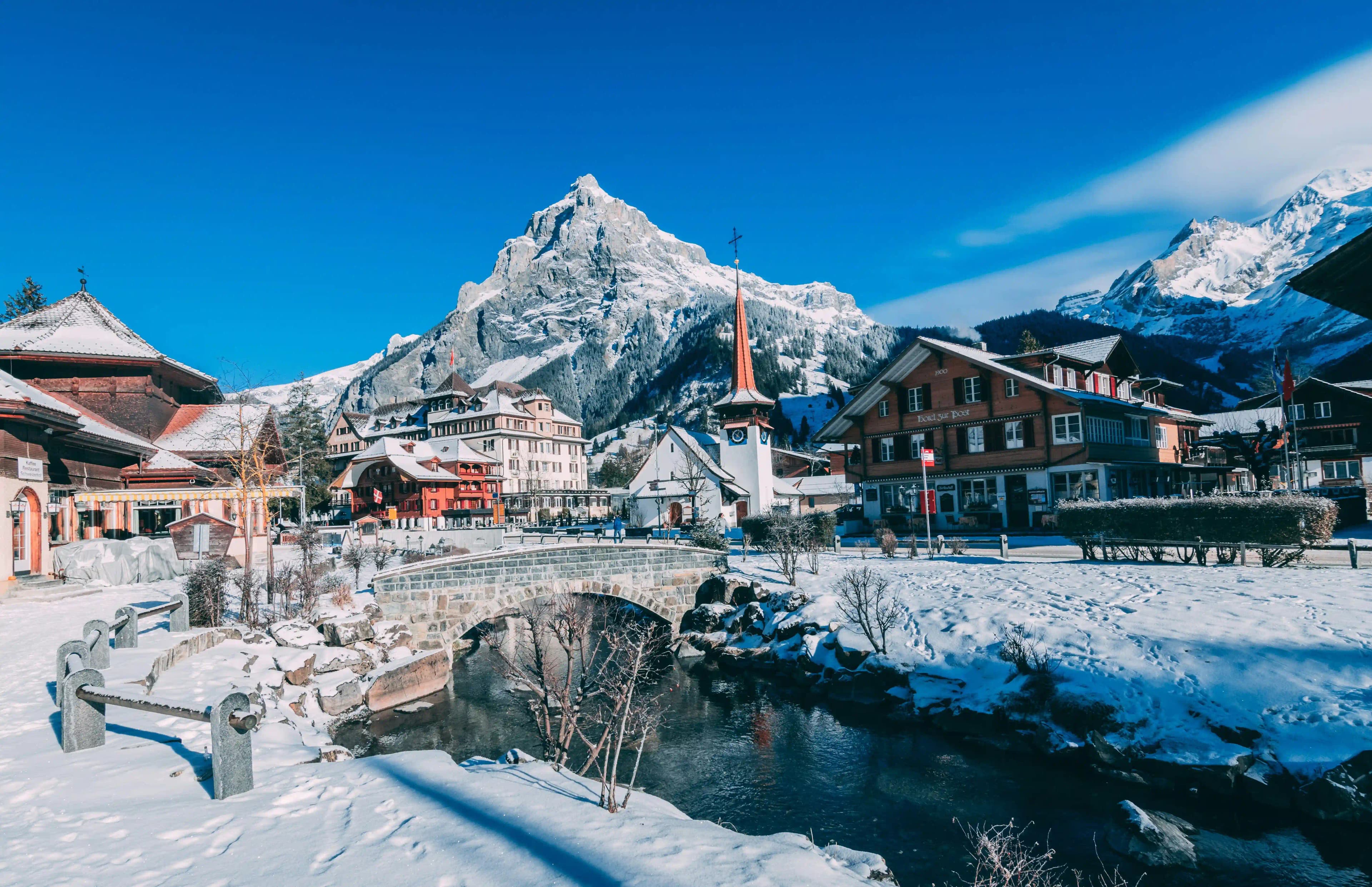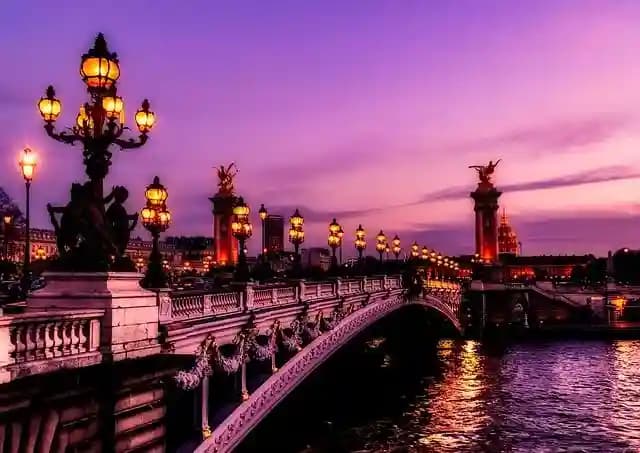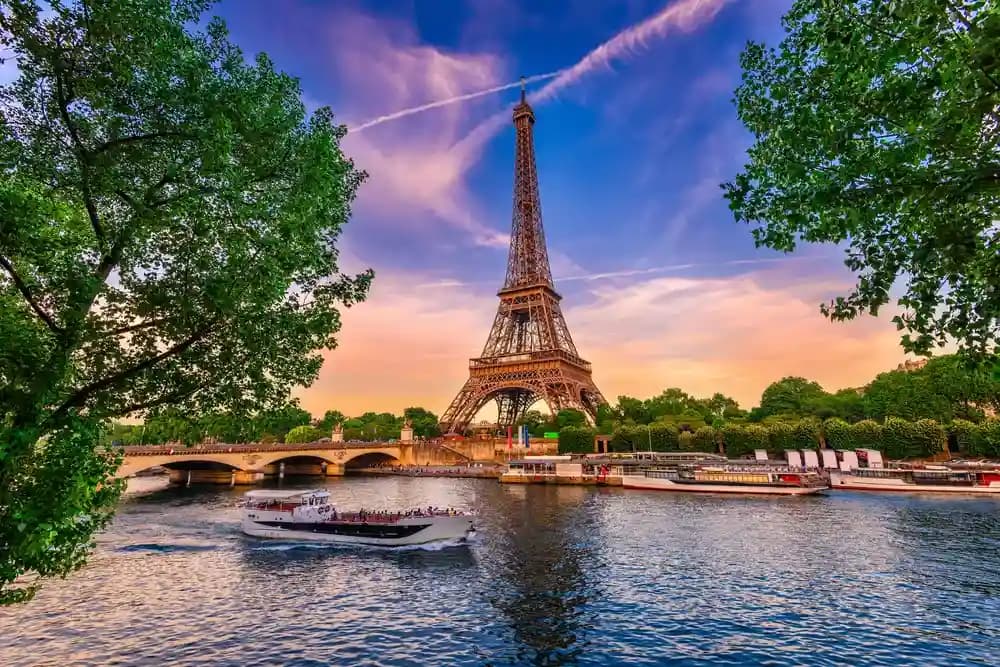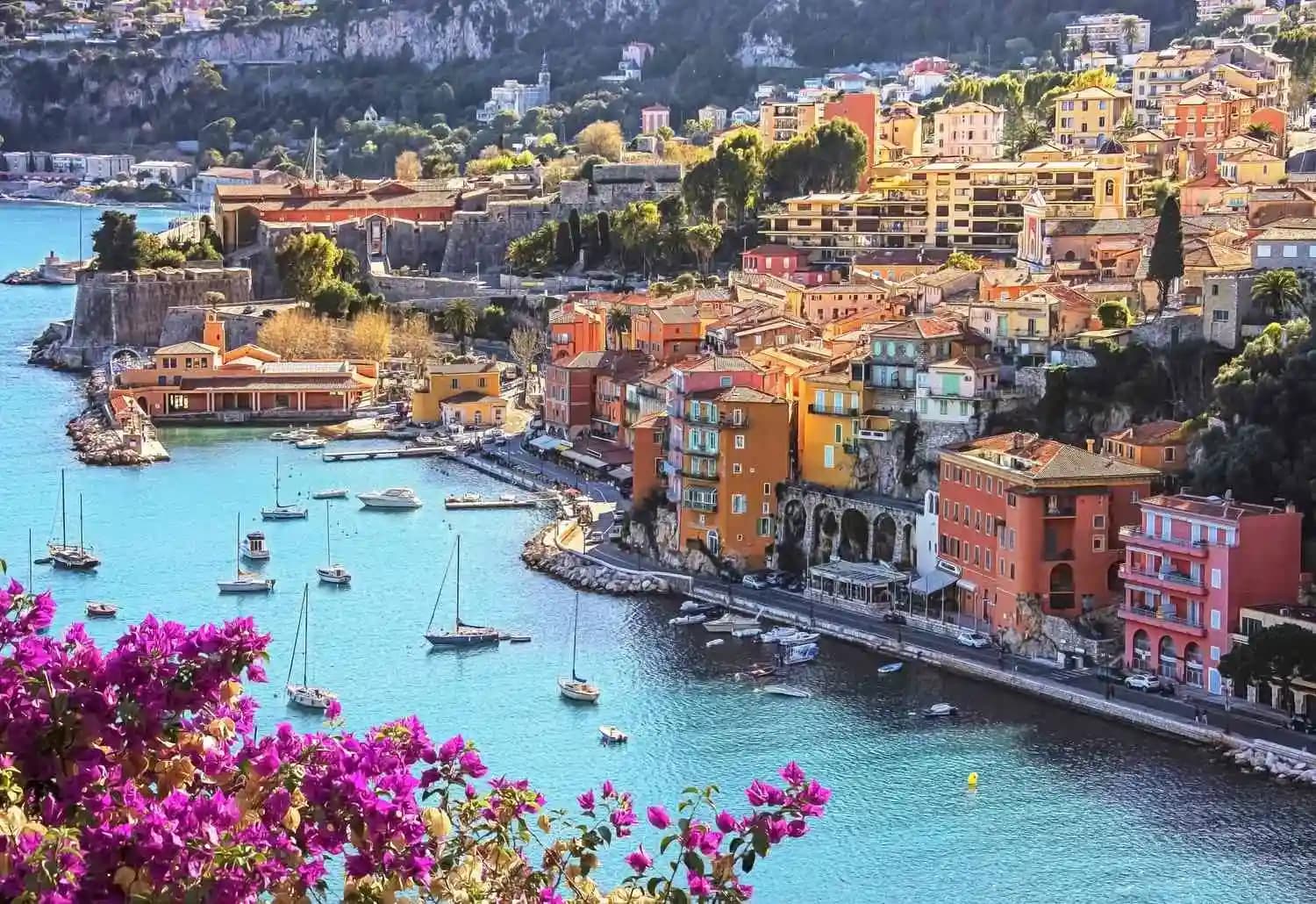Barcelona, Catalonia's lively capital, is a gorgeous seaside city that proudly displays its beauty and sunny lifestyle. Beautiful nature, beautiful architecture, and excellent cultural attractions make this a desirable trip. Of course, the warm Mediterranean atmosphere adds to the attraction.
Barcelona's historic neighborhood, Barri Gòtic, has a beautiful old-world atmosphere, but it's also known for its Contemporary architecture. Antoni Gaudí's avant-garde Surrealist structures, some of which are UNESCO-listed, have a lasting impact in Barcelona.
One of the finest ways to see Barcelona is to roam aimlessly and come upon quiet hidden alleys with modest coffee shops, or to rest in peaceful town squares where street musicians play songs on Spanish guitars. There are delightful surprises at every step. Find out the best places to visit in Barcelona with our list of the top attractions.
15 Amazing Places To Visit In Barcelona That Will Make You Fall In Love With The City
- Park Guell
- Barcelona Catherdal
- La Boqueria Market
- Montjuïc Magic Fountain
- Sagrada Família
- Picasso Museum
- Botanical Garden
- CaixaForum
- Maritime Museum
- Domènech i Montaner
- Colonia Güell
- Parc del Laberint d'Horta
- Street-art around Gothic Quarter
- Camp Nou
- Palau de la Música
Park Guell:
This maze of walls and paths in Barcelona's Horta-Guinardó area has gardens, little architectural exhibits, and other features, all with spectacular hillside views of the city. The Hall of One Hundred Columns (which really has 86), the mosaic snake seat, and the salamander on the main stairs are among the highlights.
Barcelona Catherdal:
It's always worth seeing an inner-city church, and Barcelona is no different. Its cathedral is an excellent example of Gothic architecture and has been designated a Cultural Heritage Site and a National Historic Monument since 1929. It is dedicated to the Holy Cross and Saint Eulalia, Barcelona's patron saint, whose bones are kept in the crypt after she was martyred by the Romans. Aside from the interior's artistic and architectural beauty, you should also see the cloister, which contains 13 white geese and well-worn engravings on the floor that show which guild paid for each section of the chapel.
La Boqueria Market:
Its vendors have had to acquire languages and engage in public relations since, besides to being Barcelona's largest food market, La Boqueria is now a popular tourist attraction. This is Catalonia's largest market, with over 300 booths and a floor space of 2,583 square metres, located just off La Rambla. That is a lot of stuff to buy. Think of a foreign delicacy, and you're nearly likely to find it here. Naturally, there is an abundance of artisanal food.
Montjuïc Magic Fountain:
Most residents will only experience this light, music, and water spectacle as children or while serving as tourist guides for visitors. Whether you have children or not, the program wakes our inner kid. After all, it's magic. Designed by Carles Buïgas, it is one of the very few unaffected attractions from the 1929 International Exposition.
Sagrada Família:
The Sagrada Família, located in Barcelona, is expected to be the world's tallest church when built in 2026. Antoni Gaudí's church, a 130-year work of love, is both controversial and popular among visitors worldwide. Every year, three million people come here to marvel at the architectural feat that has combined nature, light, and religion into one beautiful ensemble. Gaudí's interior resembles a jigsaw puzzle, with every new style seamlessly merging into the whole design.
Picasso Museum:
If the amount of people queuing to get into a museum is a sign of its excellence, the Picasso Museum ranks number one. The museum was founded by the cubist painter and his friend and secretary, Jaime Sabartès, who gave his collection to the cause. The permanent collection has about 3,800 pieces, and there are also several temporary exhibitions.
Botanical Garden:
Take a leisurely stroll around 14 hectares of gorgeous vegetation from across the world without leaving Barcelona. This botanical garden is divided into five sections, with plants from Australia, California, the Mediterranean, South Africa, and Chile nicely placed together. Plus, if you look beyond the fauna, you'll have a great perspective of the city. There are around 1500 varieties in the Jardí Botànic, so start listing them.
Caixa Forum:
Another beautifully rebuilt structure. After being abandoned for many years, the Fundació La Caixa purchased it and converted it into a cultural, social, and educational center. In between the permanent collections of modern art, there are three rooms for brief exhibitions and a program that includes concerts, talks, films, guided tours, and family-friendly events. So, while it may sound like a pharmacy, it is a fantastic site to visit, with landscape unlike any other. And the artwork is rather excellent.
Maritime Museum:
Barcelona's dockyards (known as a Historic-Artistic Monument in 1976) are in better condition than ever. The marine Museum is in charge of maintaining, analyzing, and promoting one of the Mediterranean's most significant marine history collections. They are worth seeing only for the architecture, the museum has a range of displays, and the garden and cafe provide a truly enjoyable lunch break.
Domènech i Montaner:
Domènech i Montaner's stunning hospital, located near the Sagrada Família, is another modern masterpiece. The architect was motivated by cleanliness principles and cutting-edge hospitals in Europe at the time, therefore he created a center with isolation rooms, surrounded by gardens, and linked by underground corridors. Montaner thought that aesthetic balance and a friendly atmosphere were beneficial to health. After more than 80 years of service, the hospital relocated to a more contemporary facility, and renovations on the original structure began. You may now visit one of Europe's oldest hospitals either with or with no a tour guide and learn about its history.
Colonia Güell:
To see Colonia Güell, take a train or a car to Santa Coloma de Cervelló in the Baix Llobregat district. Eusebi Güell, a textile producer, shifted his facilities from the Sants neighborhood to this little village to avoid chaos in society. Gaudí and his team were commissioned to design a hospital, food hall, school, theatre, stores, co-operative, and church, as well as industries and worker housing. Gaudí built the church crypt following Güell's death, but the project was abandoned midway through.
Parc del Laberint d'Horta:
This huge and well maintained maze is located in the city's oldest park. You'll find it in the Horta neighborhood, where, if you ever make it out of the labyrinth, you can wander around a Neoclassical 18th-century garden and a the 19th century romantic one, as well as the Desvalls palace and a collection of fountains and statues of mythological Greek figures.
Street-art around Gothic Quarter:
Barcelona has a lot of amazing graffiti and mural places, but finding them might be difficult if you don't know your way around. Fortunately, there are guide experts for stuff like that, and you can hire one to show you around the greatest spots to observe unique, modern graffiti. Explore Raval, Gótico, and Born, where street artwork unfolds.
Camp Nou:
FC Barcelona's home ground, also known as Lionel Messi's former stomping ground. Camp Nou is one of the city's most popular tourist attractions, and it is on the bucket list of every hardcore football fan (or stadium aficionado), but it is also immensely amazing to non-football fans. And they are tall. It's rather different to stand at the top and gaze down.
Palau de la Música:
The Palau de la Música is a sensory delight that combines modernism, music, and Catalan culture. Constructed in 1908 by Lluís Domènech i Montaner, it is now a UNESCO World Heritage Site. The Muses guard the main music hall, while busts of Palestrina, Bach, Beethoven, and Wagner adorn the façade. As expected, the programme is excellent.
Conclusion
As you complete the tour across Barcelona, it becomes evident that this bustling city provides a unique combination of history, culture, and modernity. Barcelona has something for everyone, from Gaudí's quirky architecture to the busy streets of La Rambla, the peaceful serenity of Park Güell, and the ancient charm of the Gothic Quarter.
If you're a first-time tourist or an experienced explorer, the city's various attractions guarantee limitless discoveries and unique experiences. So pack your bags, set your sights on Barcelona, and prepare to lose yourself in a city where every corner tells a tale and every minute is a unique experience. Remember, the best way to see Barcelona is to go at your own leisure, soaking in the sights, sounds, and flavors that make this city so enchanting.
